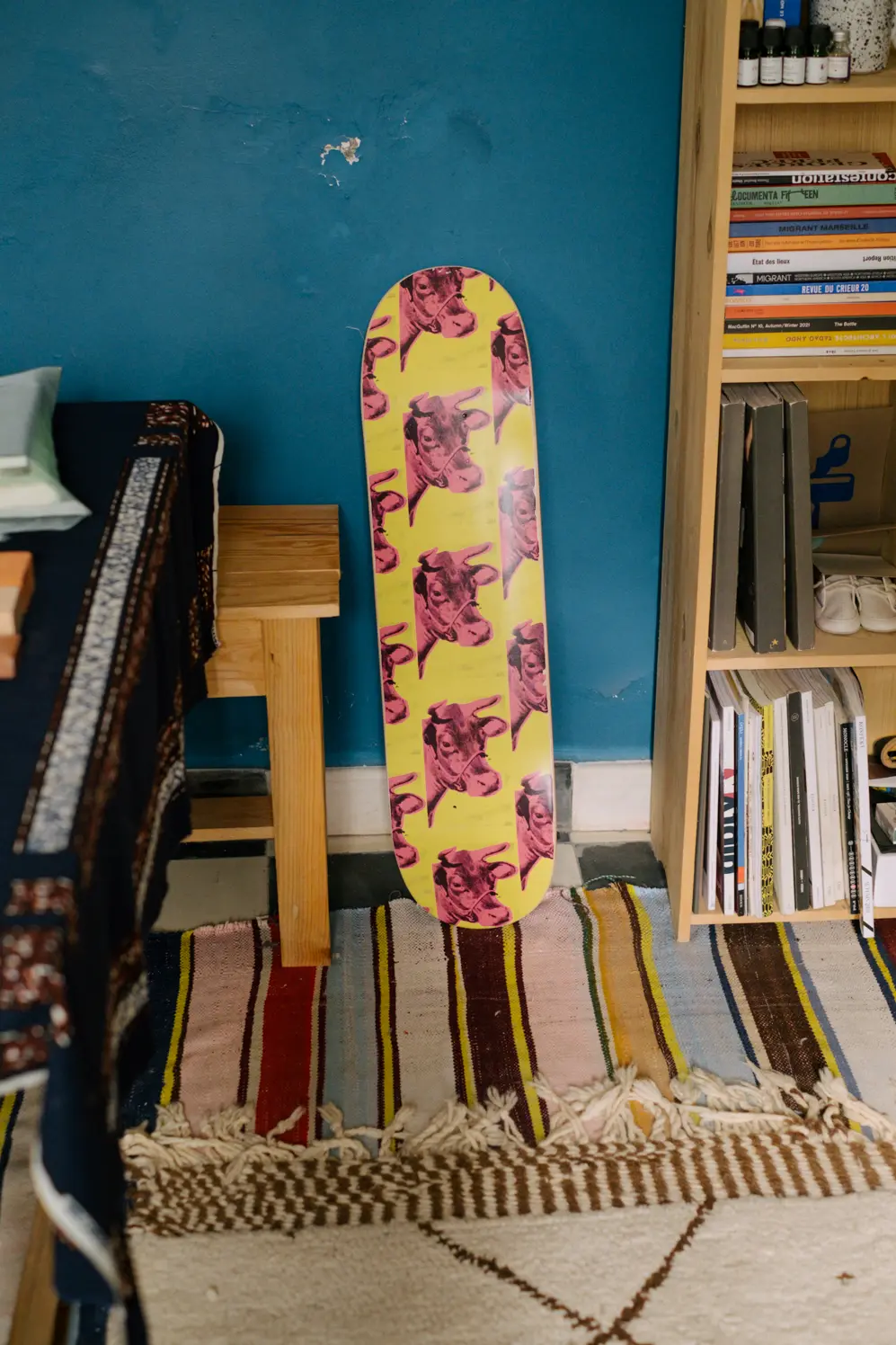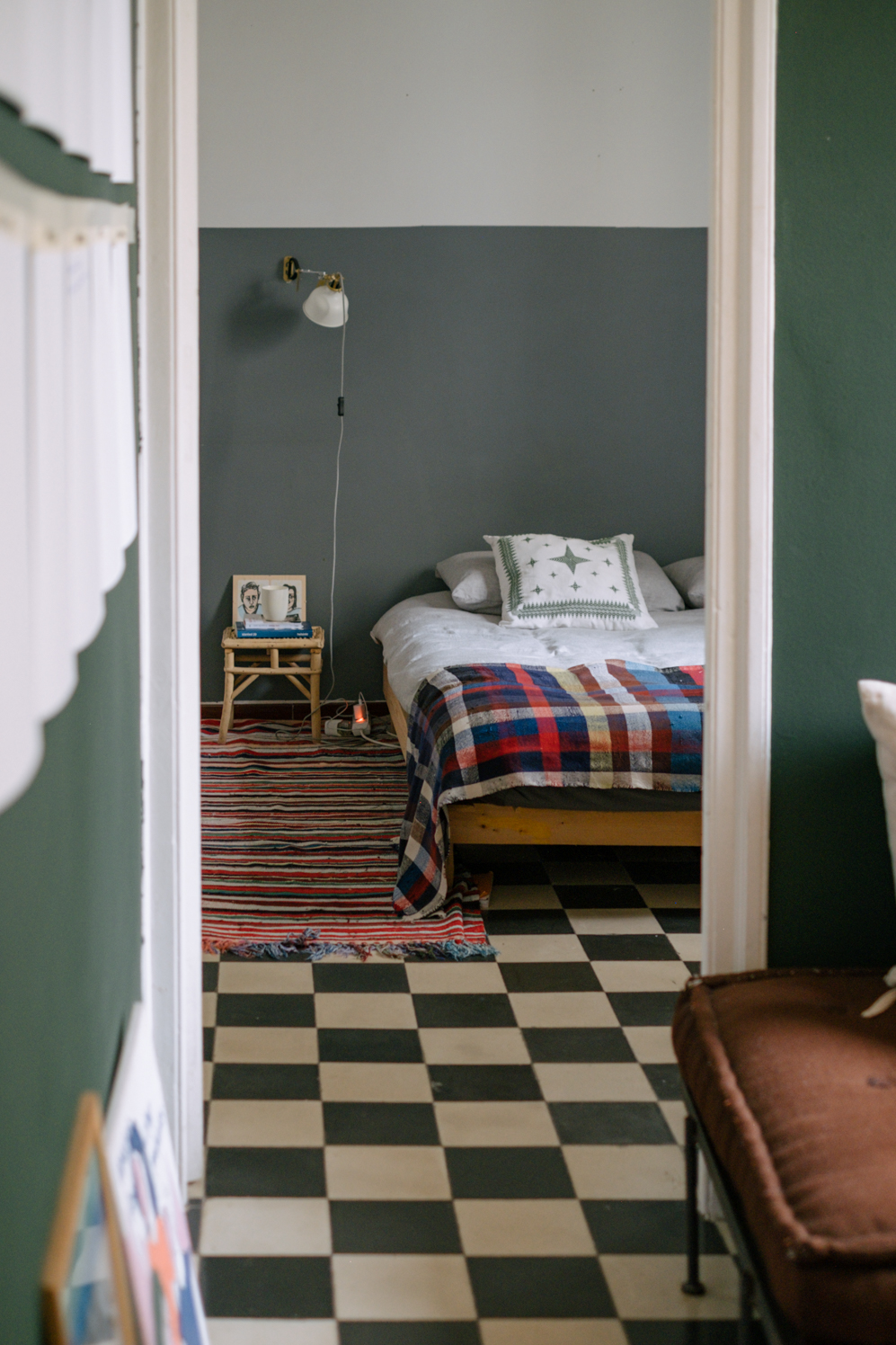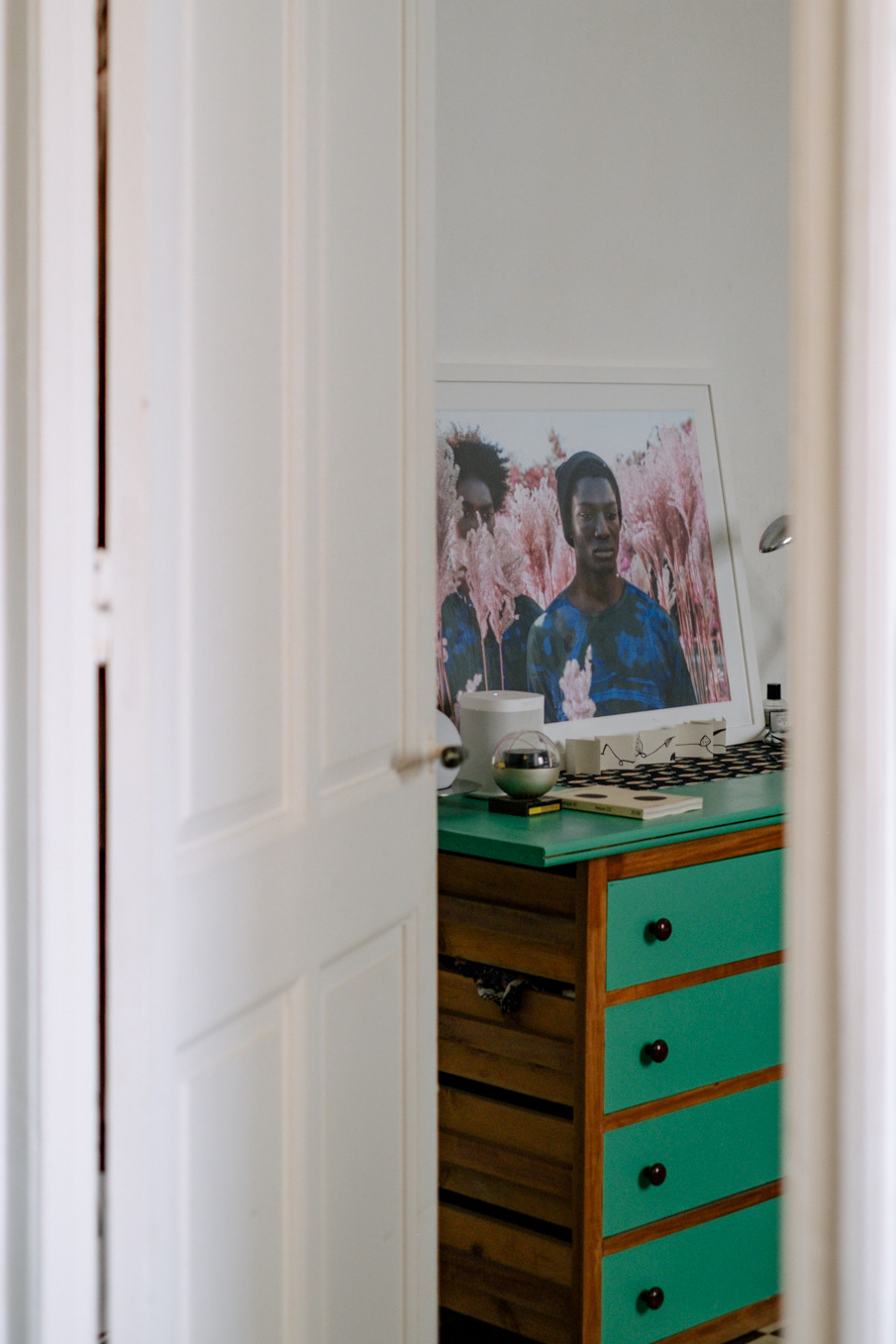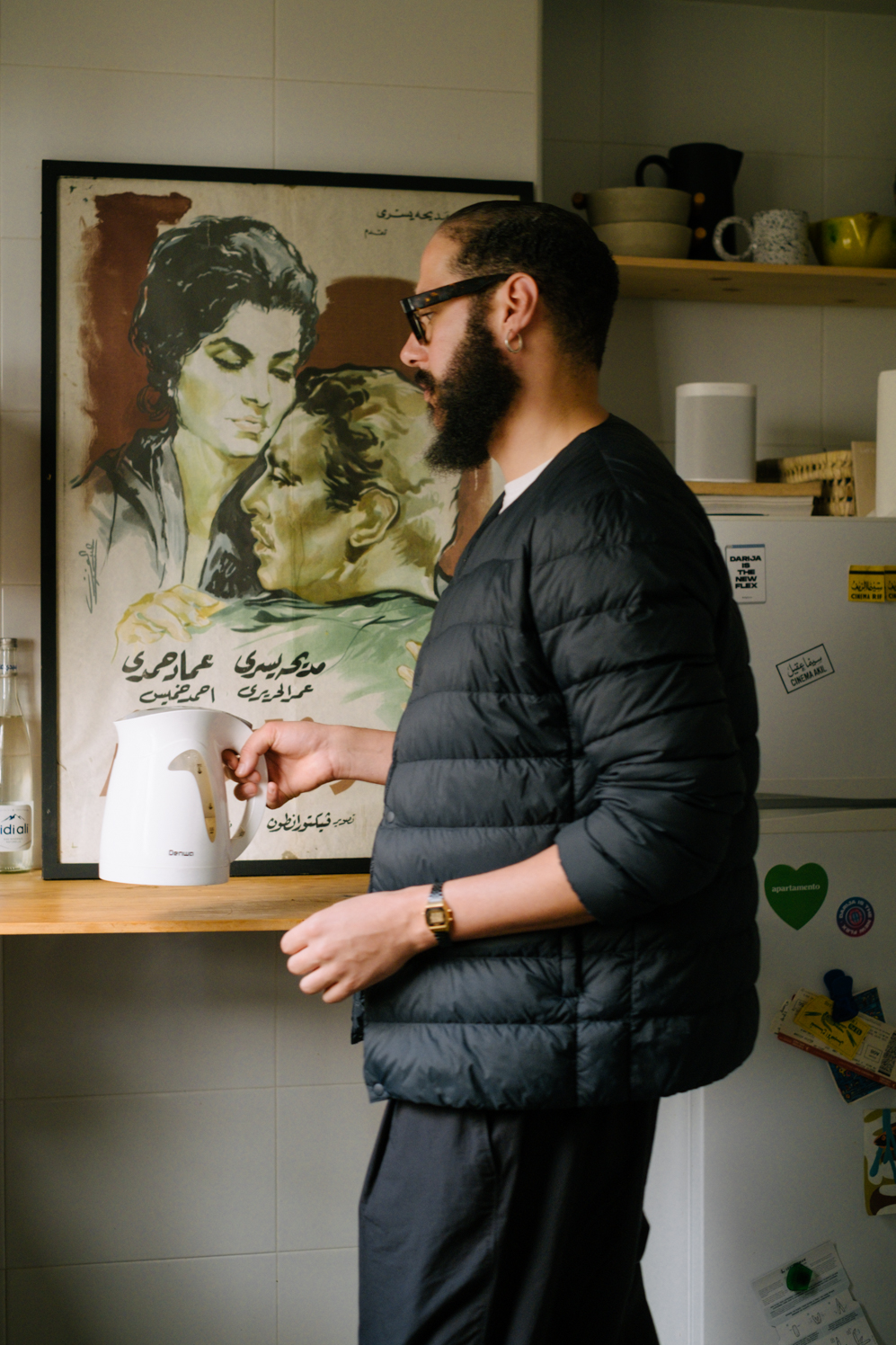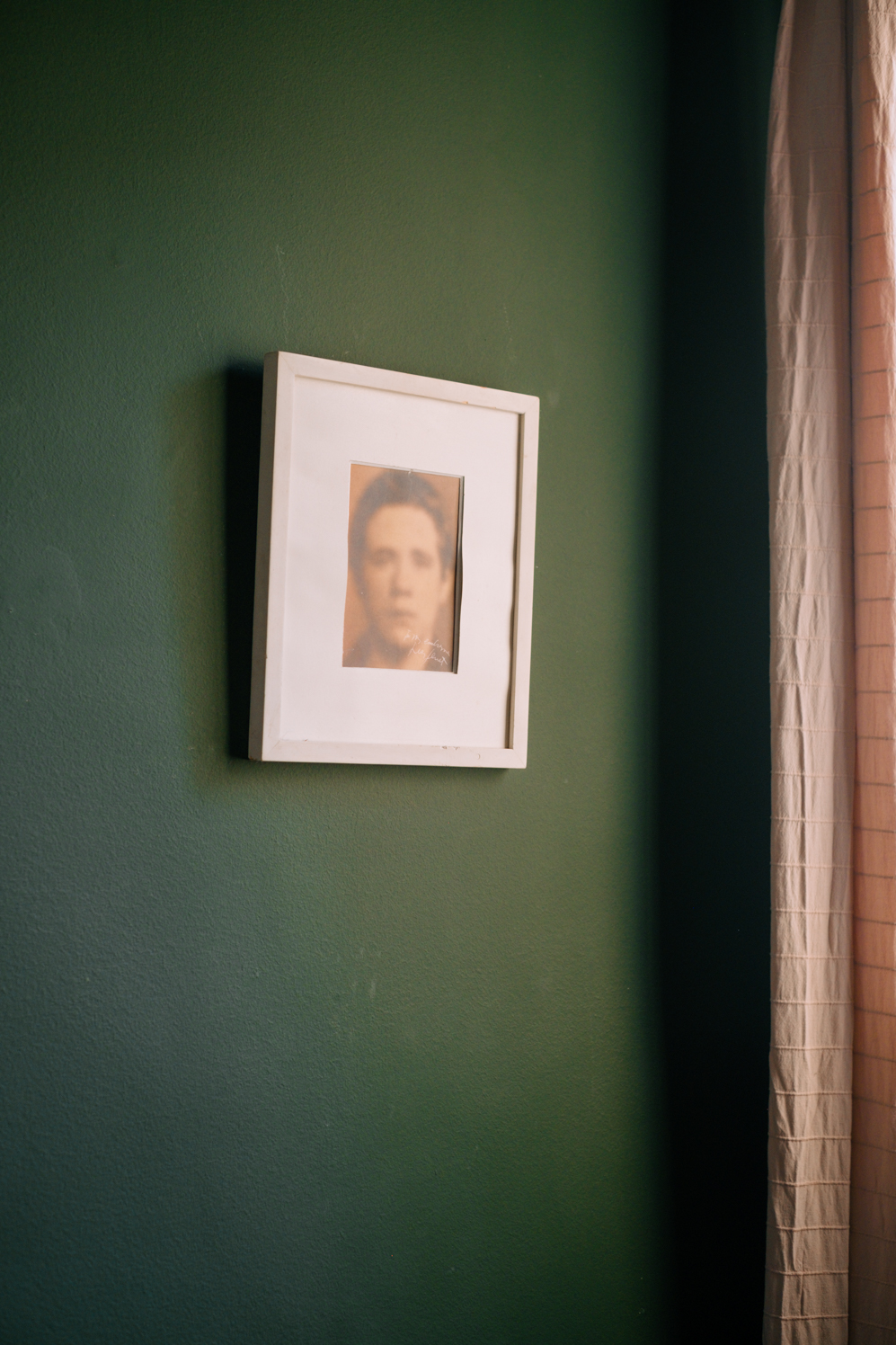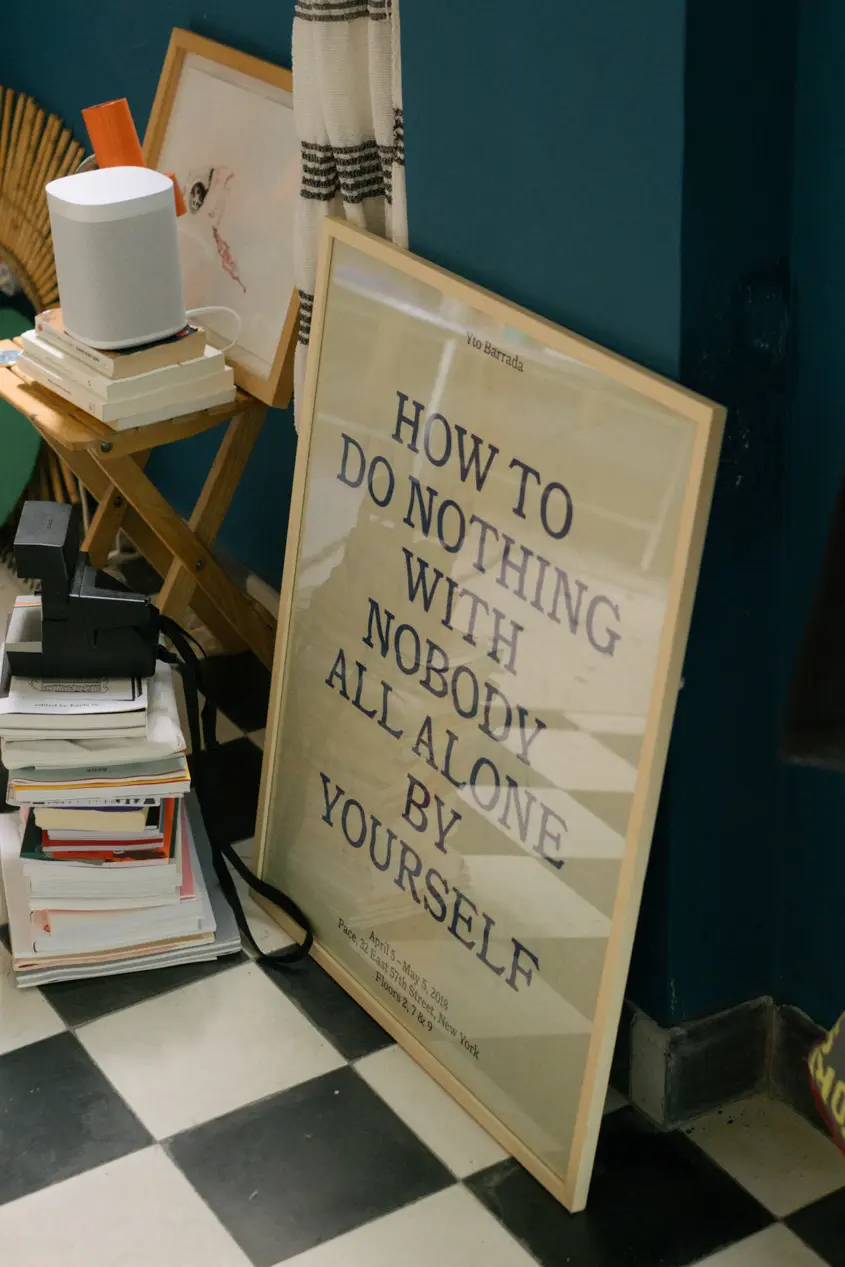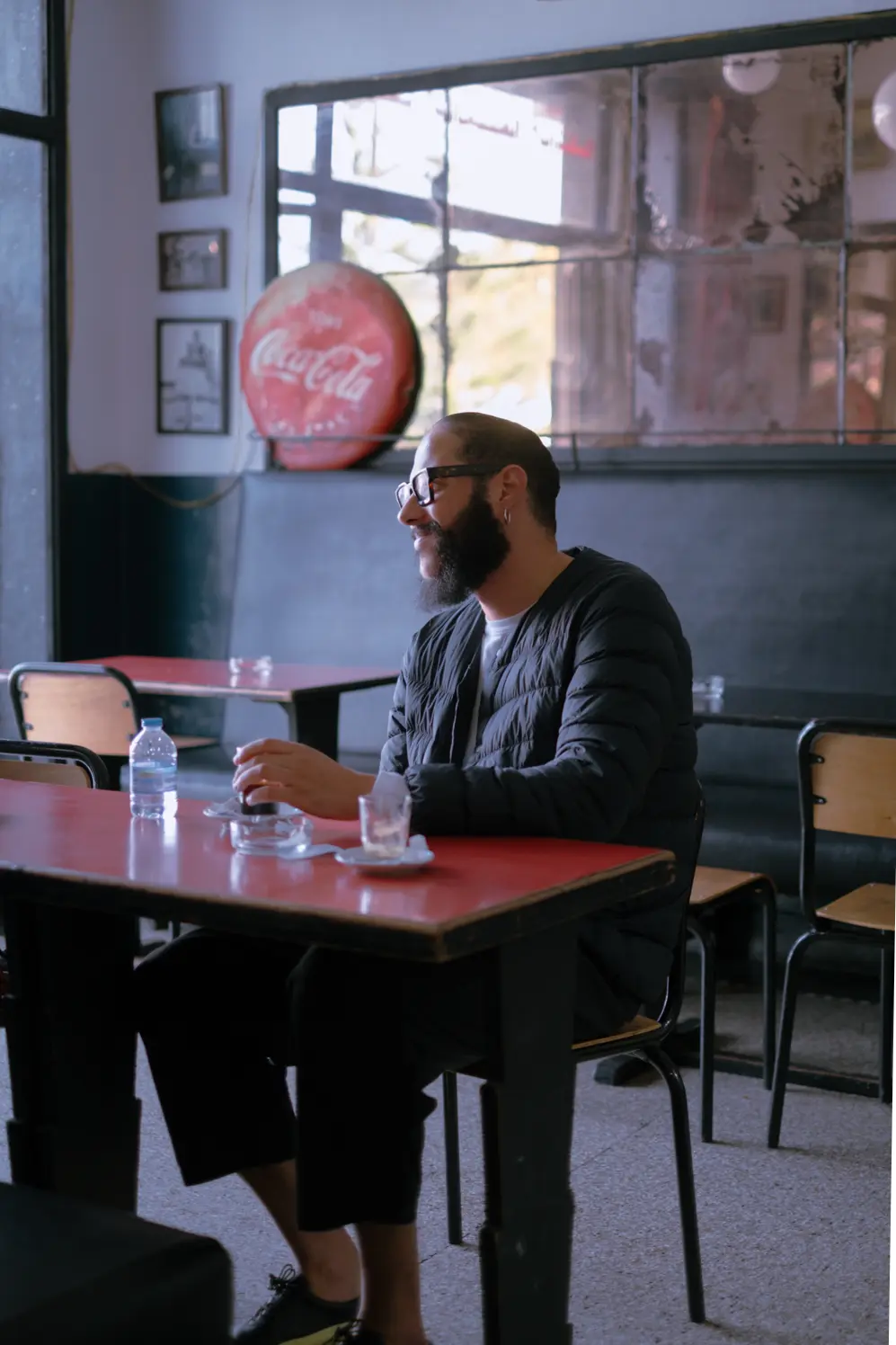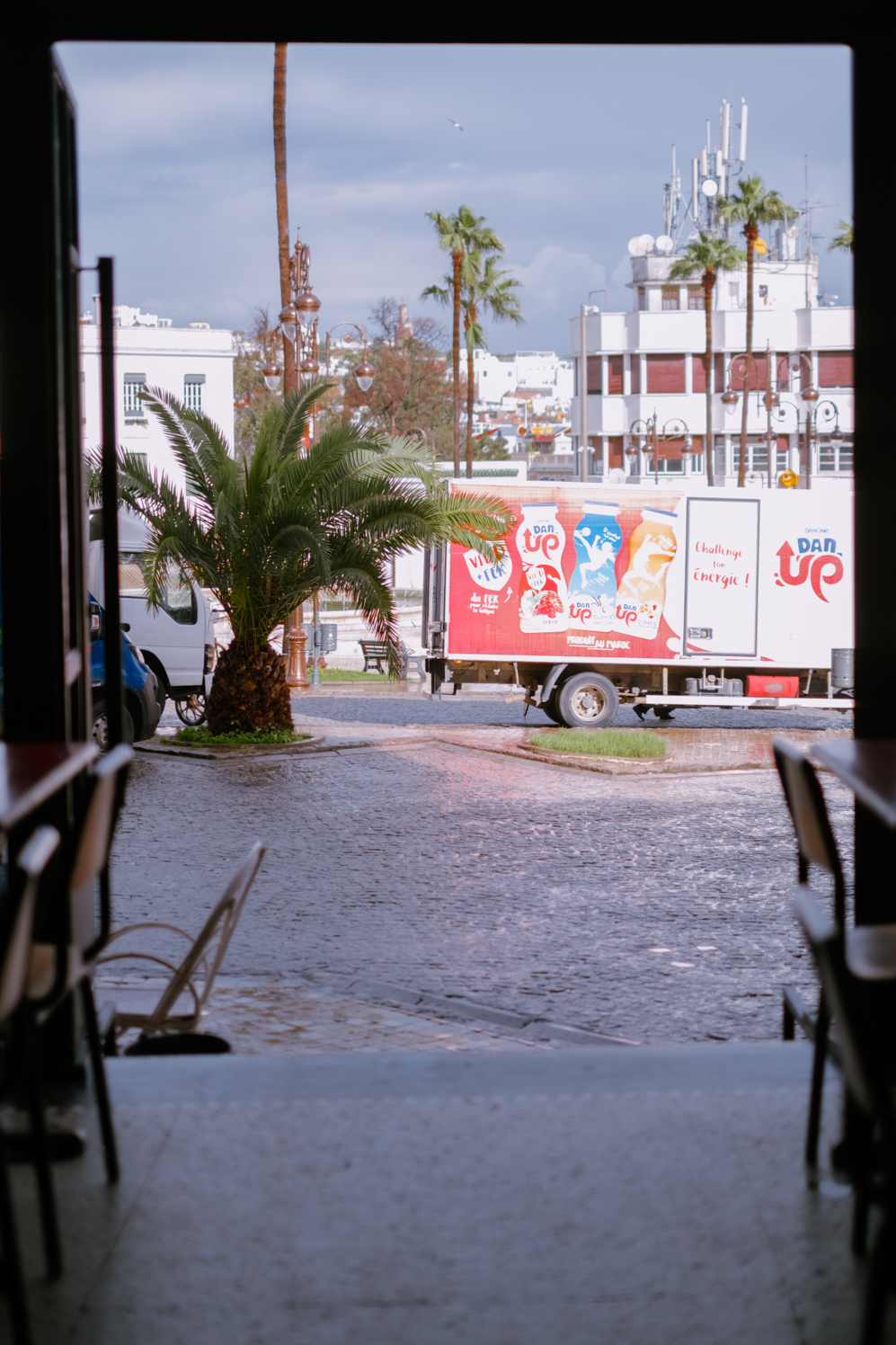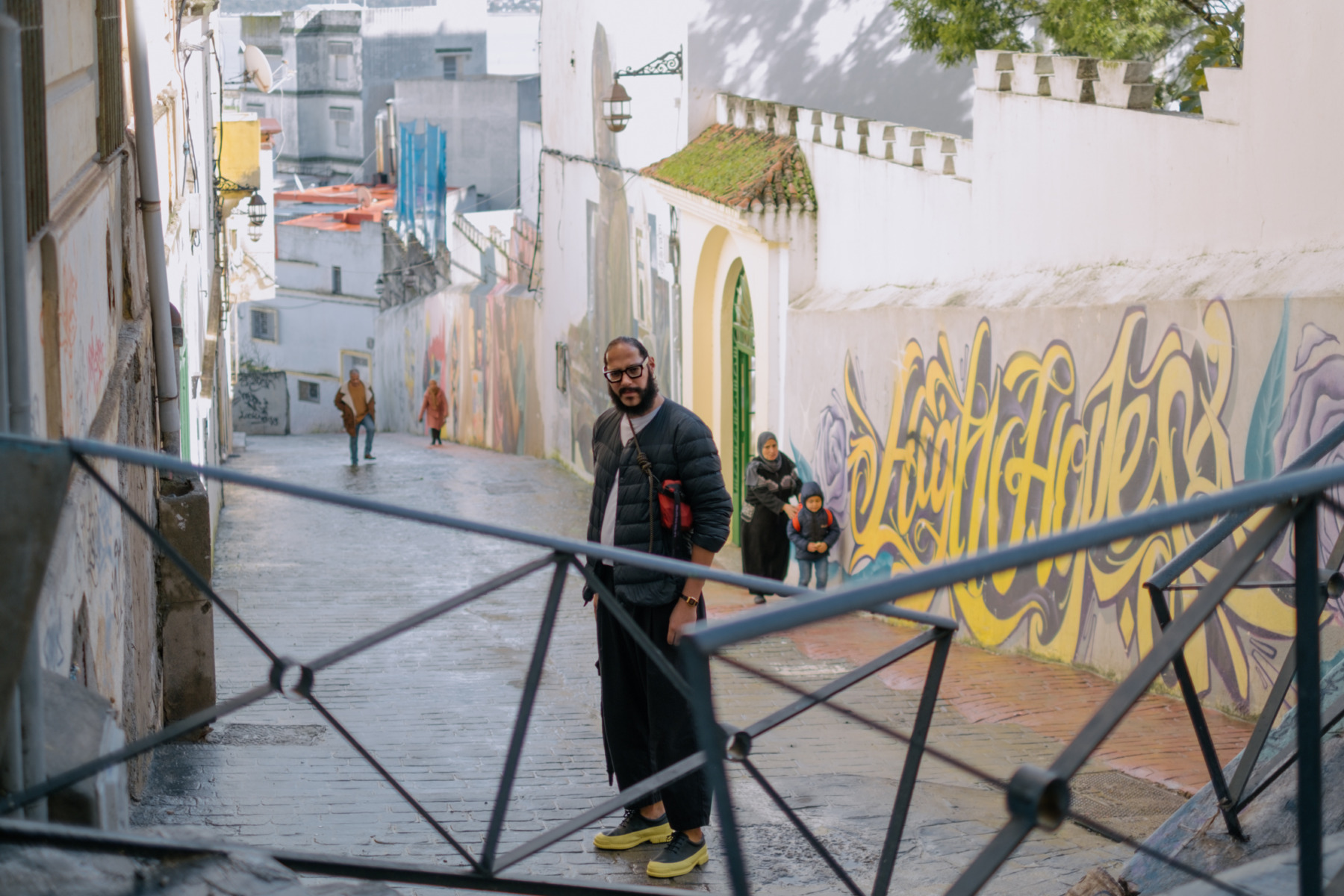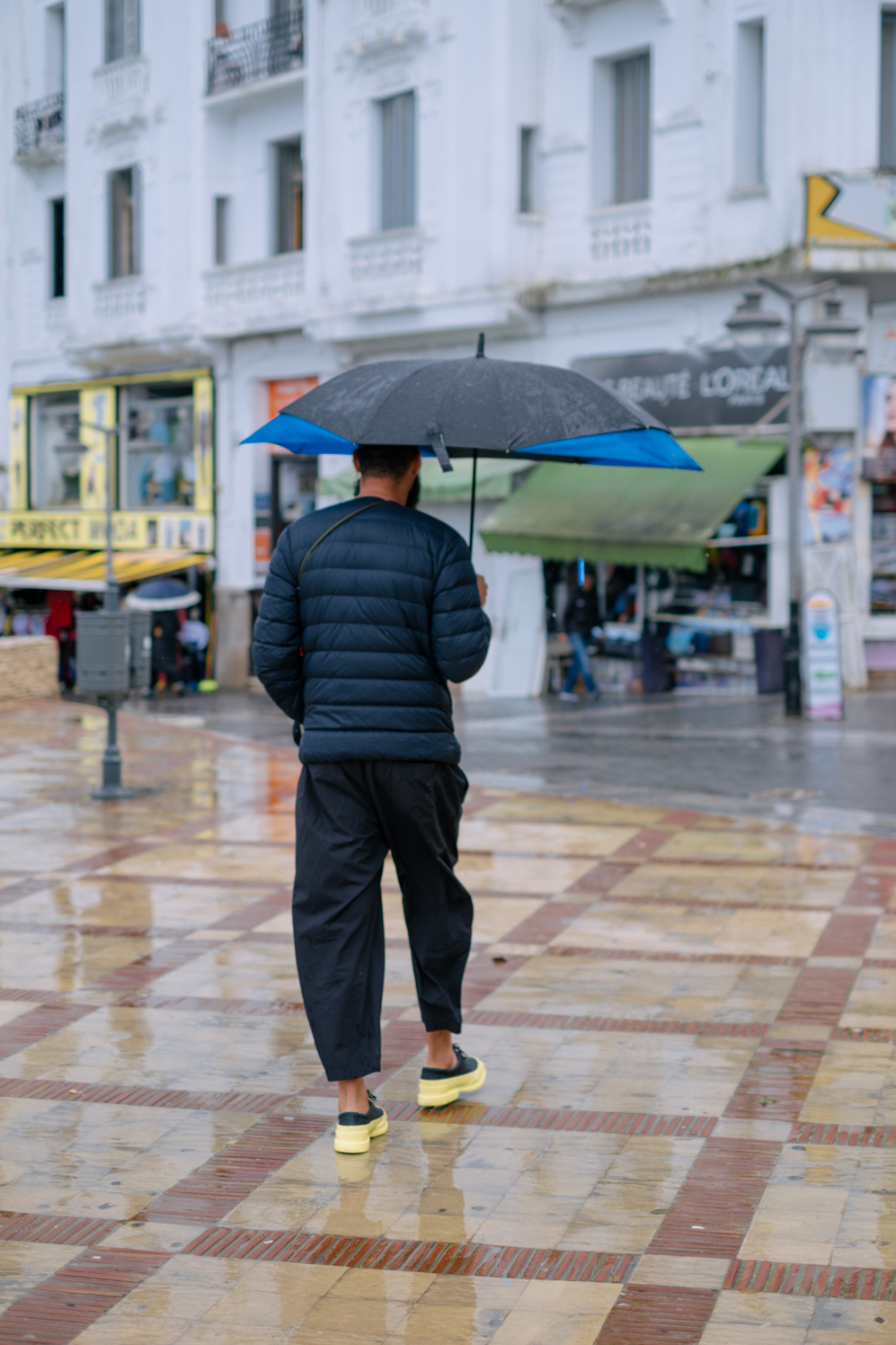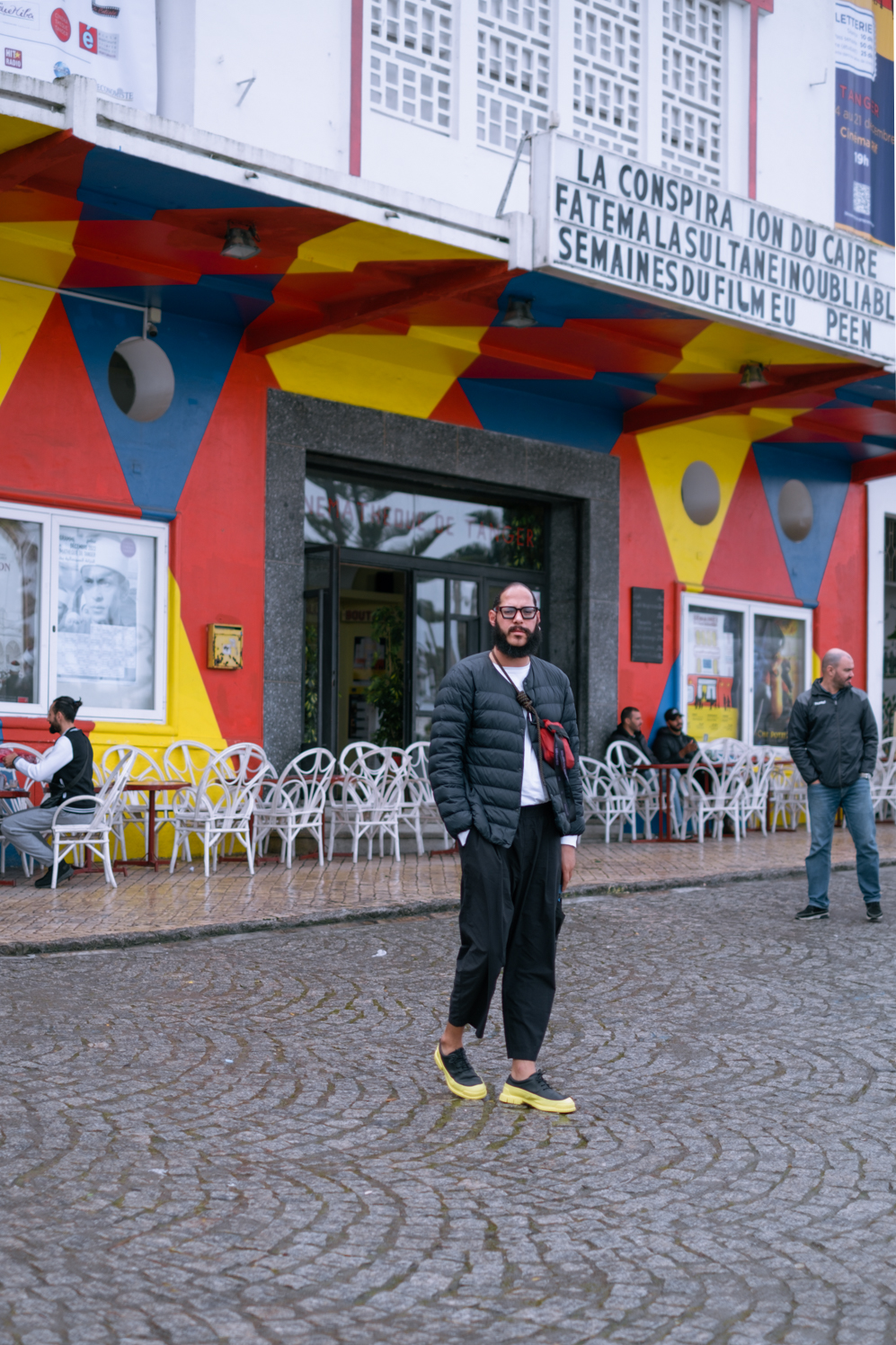Hicham Bouzid’s fascination with the changing face of his hometown, Tangier, is the driving force behind Think Tanger—an organization he co-founded in 2016. It sits at the intersection of arts and urbanism, with an innovative program of residencies and public workshops that aim to expand understanding of this shapeshifting Moroccan city.
It’s raining in Tangier and Hicham Bouzid is thrilled. “I’ve been waiting for this,” he says, a spring in his step as he makes his way down rue Imam Layti under the protection of a large umbrella. In the Moroccan port city, summers are long and dry and winters are windy and wet. It’s just one of the many things Hicham loves about his hometown.
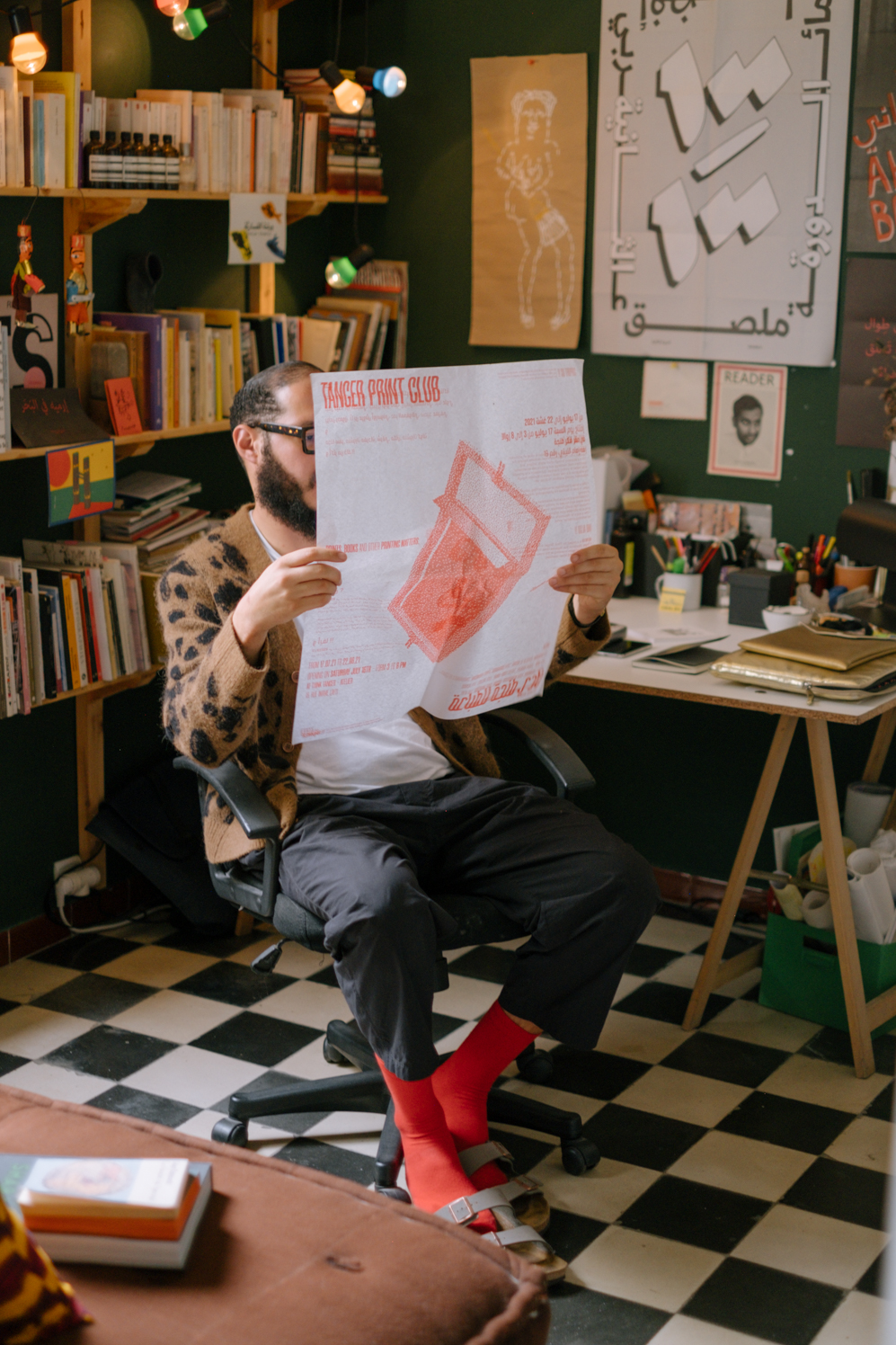
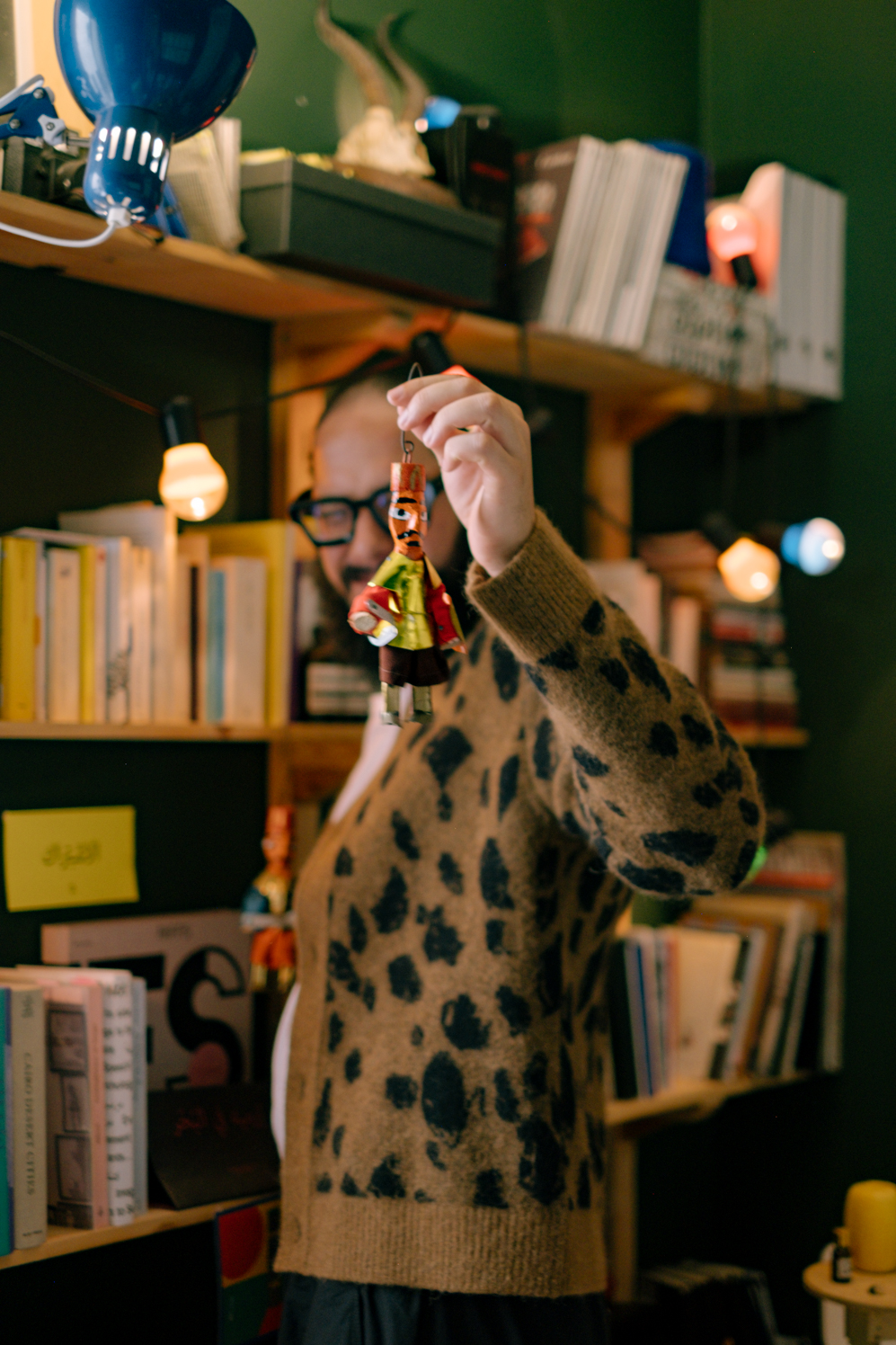
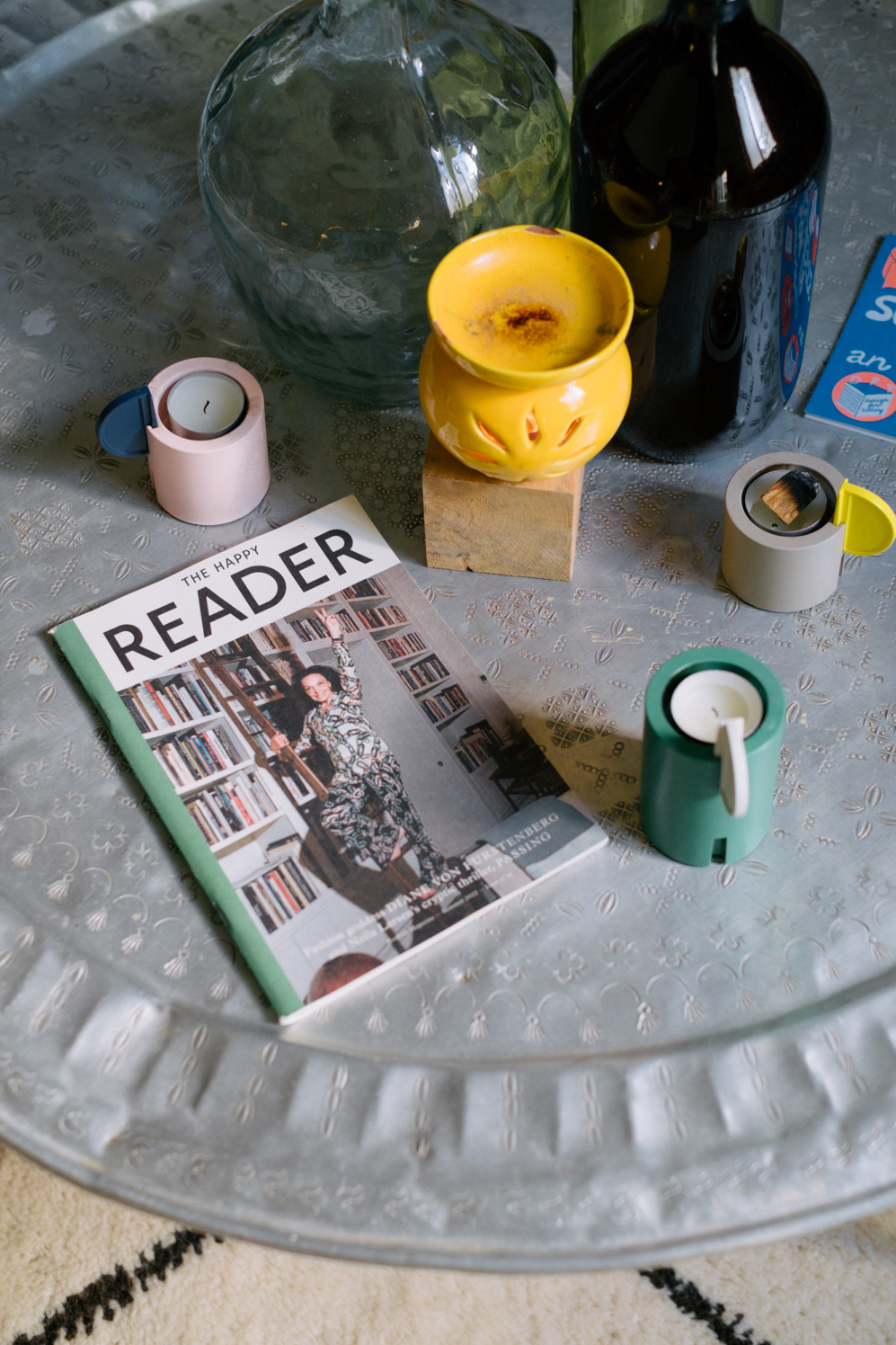
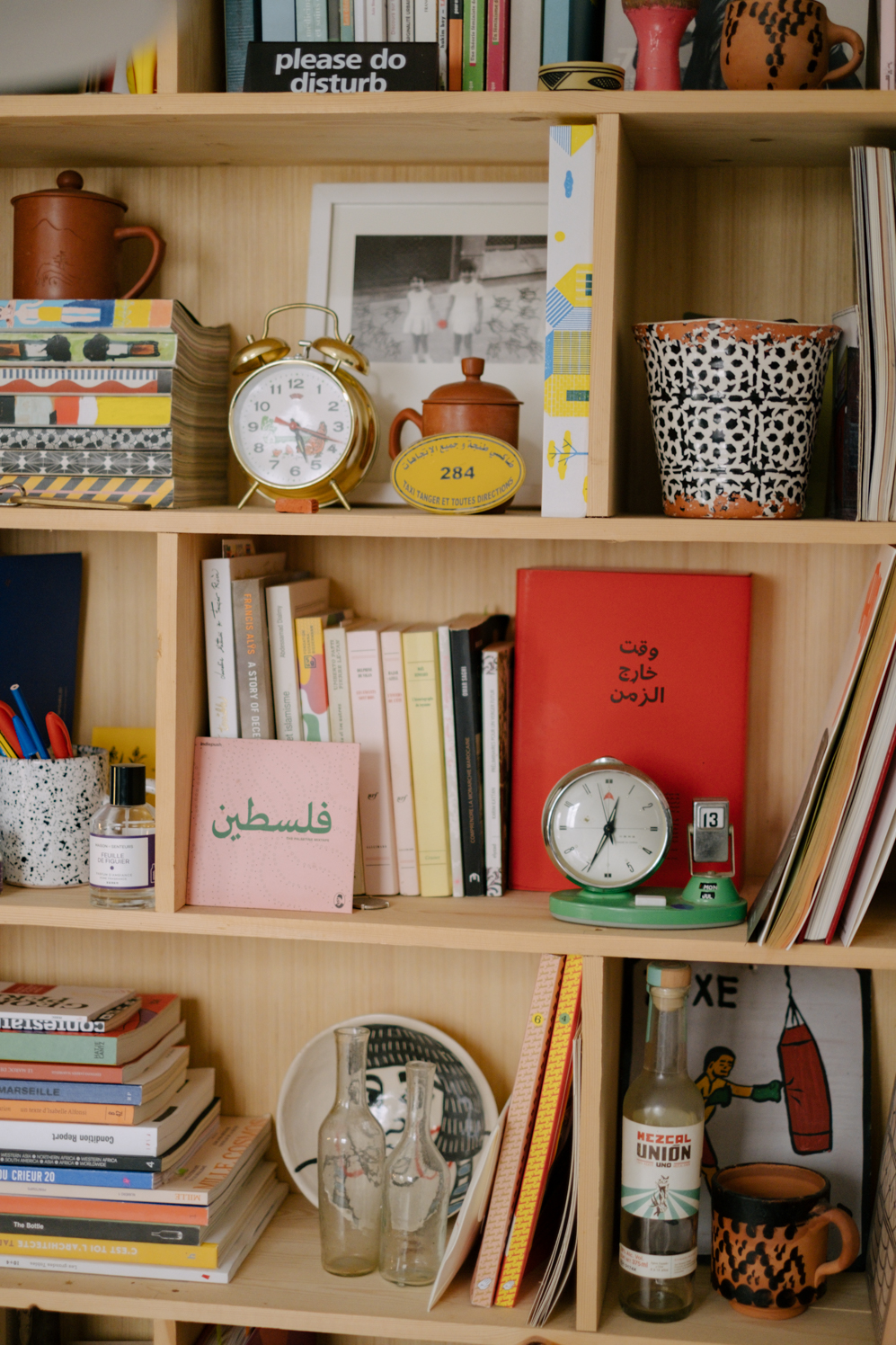
Although often referred to as a “curator”, Hicham’s exact professional title is hard to define. He’s the co-founder of Think Tanger, a cultural organization that celebrates and investigates the city’s past, present, and future through an array of different creative and cultural initiatives, including podcasts, public workshops, art residencies, and publications. “I find the work very fulfilling at a personal level, because I’ve been growing with this project and learning a lot from it,” says Hicham. “Running Think Tanger has given me the keys to understand my hometown better.”
He lives in the heart of the city, down a sloping side street close to the Place Faro square. Behind a bright green door lies the apartment he’s called home for the past six years. It’s a colorfully decorated space, teeming with an eclectic mix of posters and prints created by friends and fellow Moroccan creatives. Think Tanger’s HQ is just a short walk away, in a former fish market. The space encompasses a screen printing studio used by resident artists and occasionally, Hicham himself. On the mezzanine level is desk space for the Think Tanger team and the large, central area on the ground floor is used to host all the activities and talks they organize. “We did one recently that was exploring Tangier through sounds,” says Hicham. “People went out and made recordings then we had a listening session here.” Other recent examples of public programming include a talk on modernist architecture in Morocco and another called ‘Who does public space belong to’? “It was about gender in public space. Soufiane Hennani, who runs an amazing podcast in Rabat that questions toxic masculinity in Morocco, was talking alongside Sonia Terrab who’s a writer, filmmaker, and activist. She’s one of the co-founders of the movement Outlaws, which is a feminist group who are fighting to eradicate a law that allows the state to imprison you if you have sex outside of marriage. So it was a really dynamic conversation.”
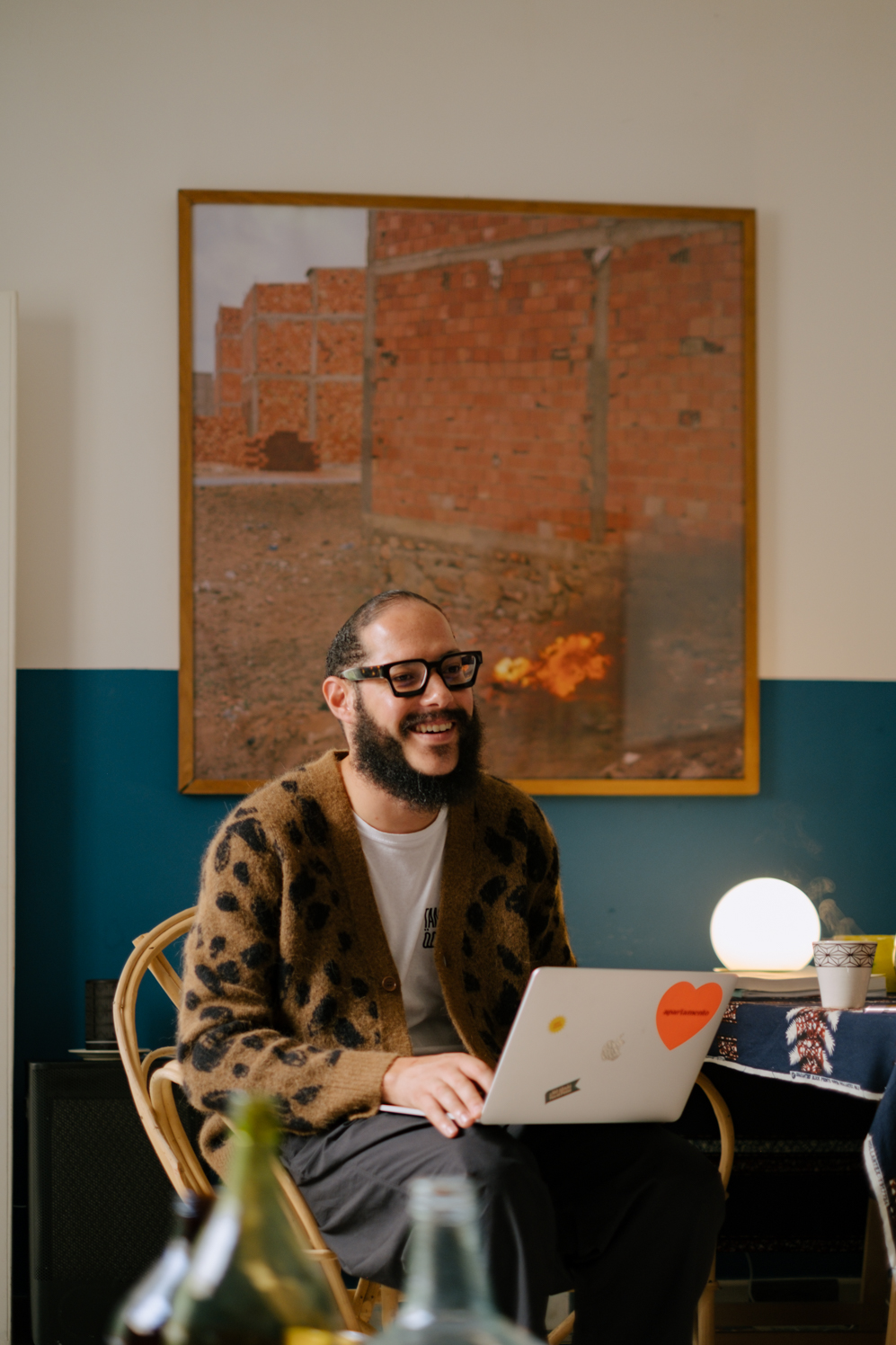
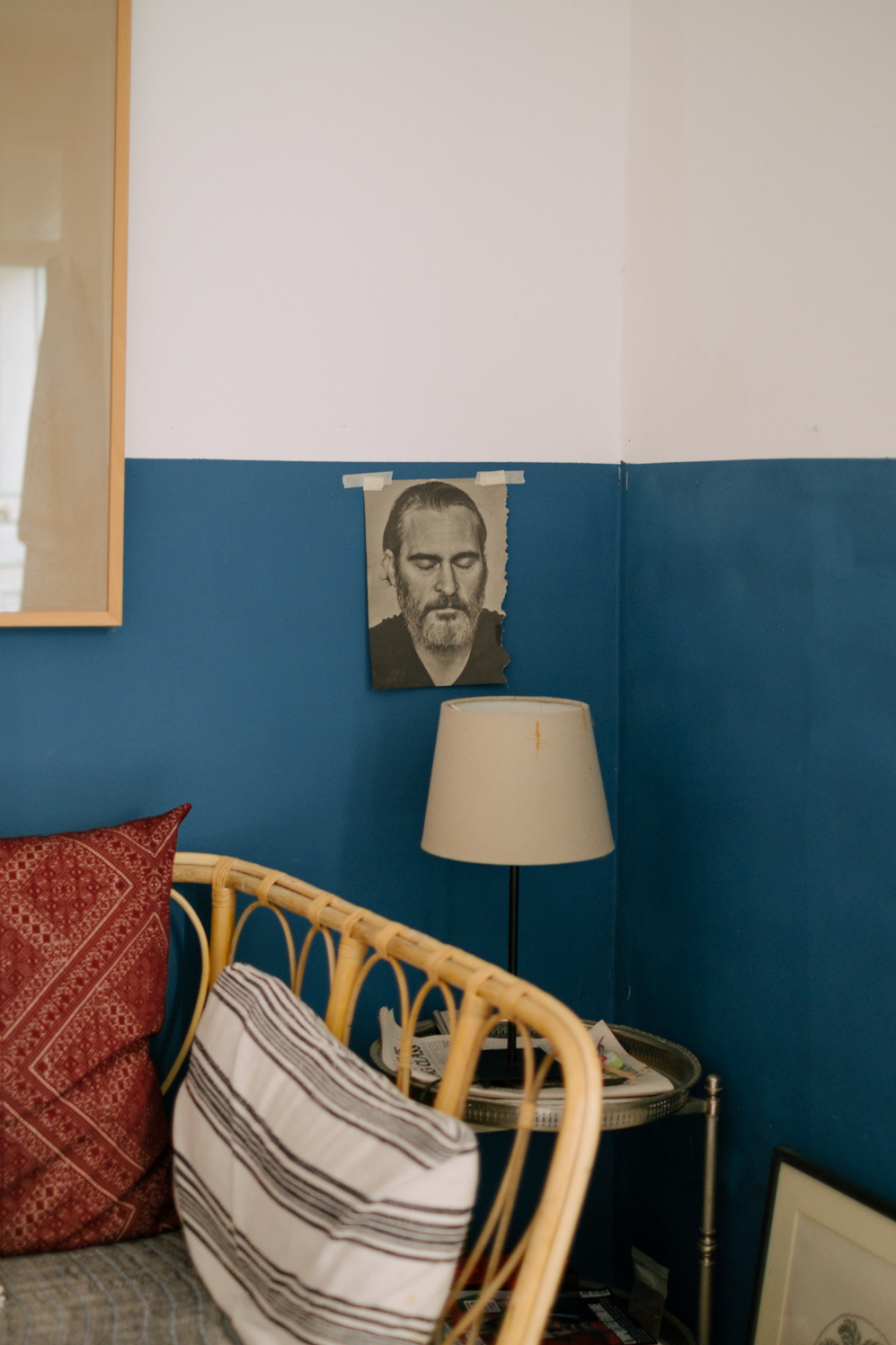
Hicham launched the initiative back in 2016 with his friend Amina Mourid, who left him to run the show when she moved to French Guiana in 2020. “Amina was from more of a political science background and I’m from a contemporary art background. Think Tanger was a way of merging our experience,” says Hicham. It was originally meant to be just a year-long project, but when the duo realized the public enthusiasm they had sparked, they knew they couldn’t stop there. “At the first conference we hosted, more than a hundred people attended. It’s very hard to move a hundred people in Tangier, particularly with things like conferences. It was called Tangier Mutating City and we invited an architect, an economist and someone from the city council to discuss how it’s changing. I love conferences, but it’s not everyone’s idea of fun. When so many people showed up, we realized people were genuinely interested in the project.”
“Tangier is a city that has hosted so many revolutionaries and people speaking out about their freedoms and rights”
Though Hicham might be one of the central figures of the city’s creative scene, it’s taken him various twists and turns to get there. While studying for a degree in economics and tourism, he began working part-time in the renowned Tangier bookshop Les Insolites. “I was always obsessed with books and paper,” he says. “The bookshop was a great network for me at the time. I met a lot of people. I started collaborating on a lot of different things like music festivals, design projects, and assisting artists.” One such chance meeting through the shop was with artist and curator Laila Hida, who enlisted Hicham to help her open experimental arts hub Le 18 in Marrakech. He spent three years there, assisting with the organization of its program of exhibitions, residencies, and workshops, before returning to Tangier.
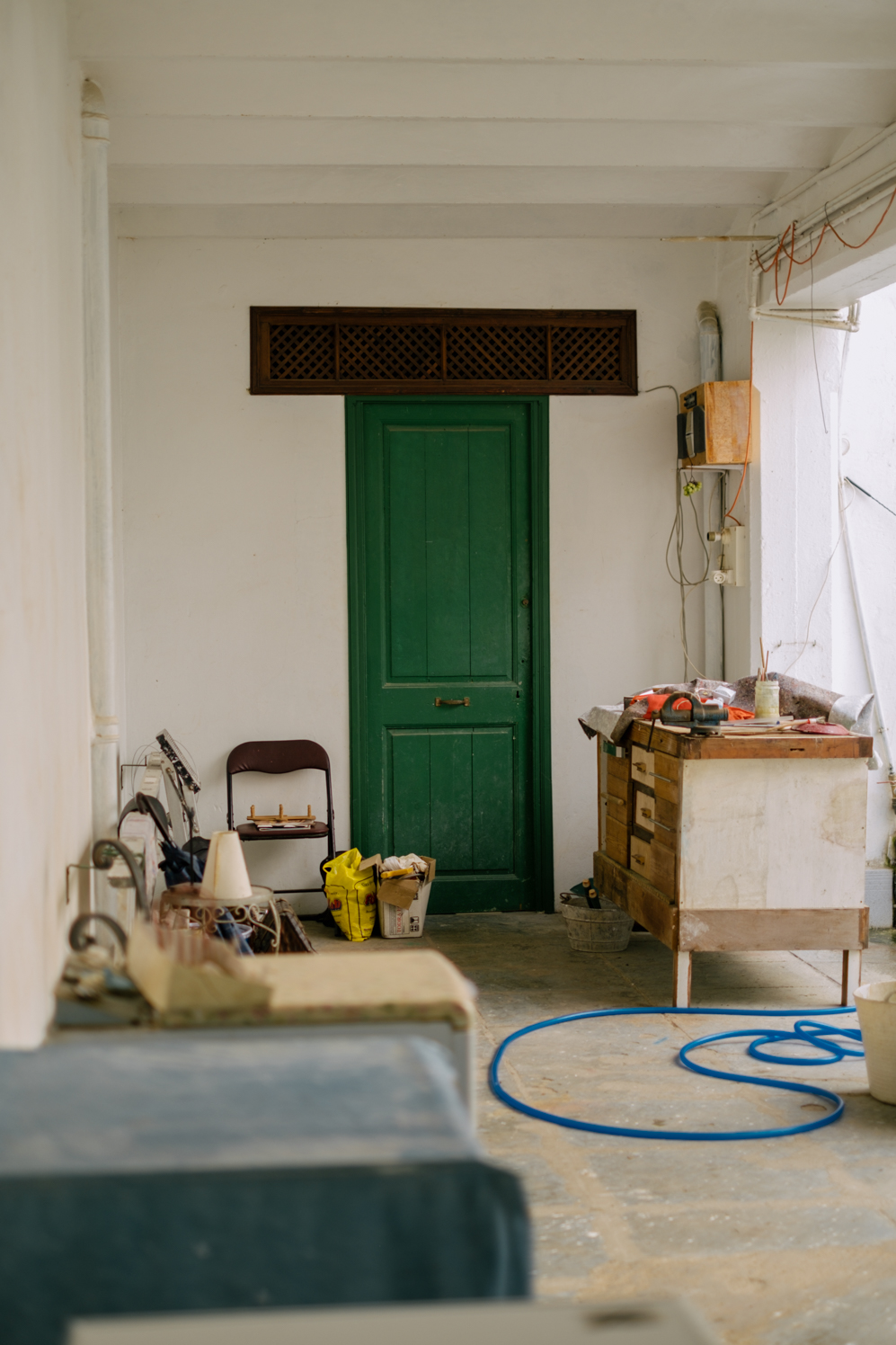
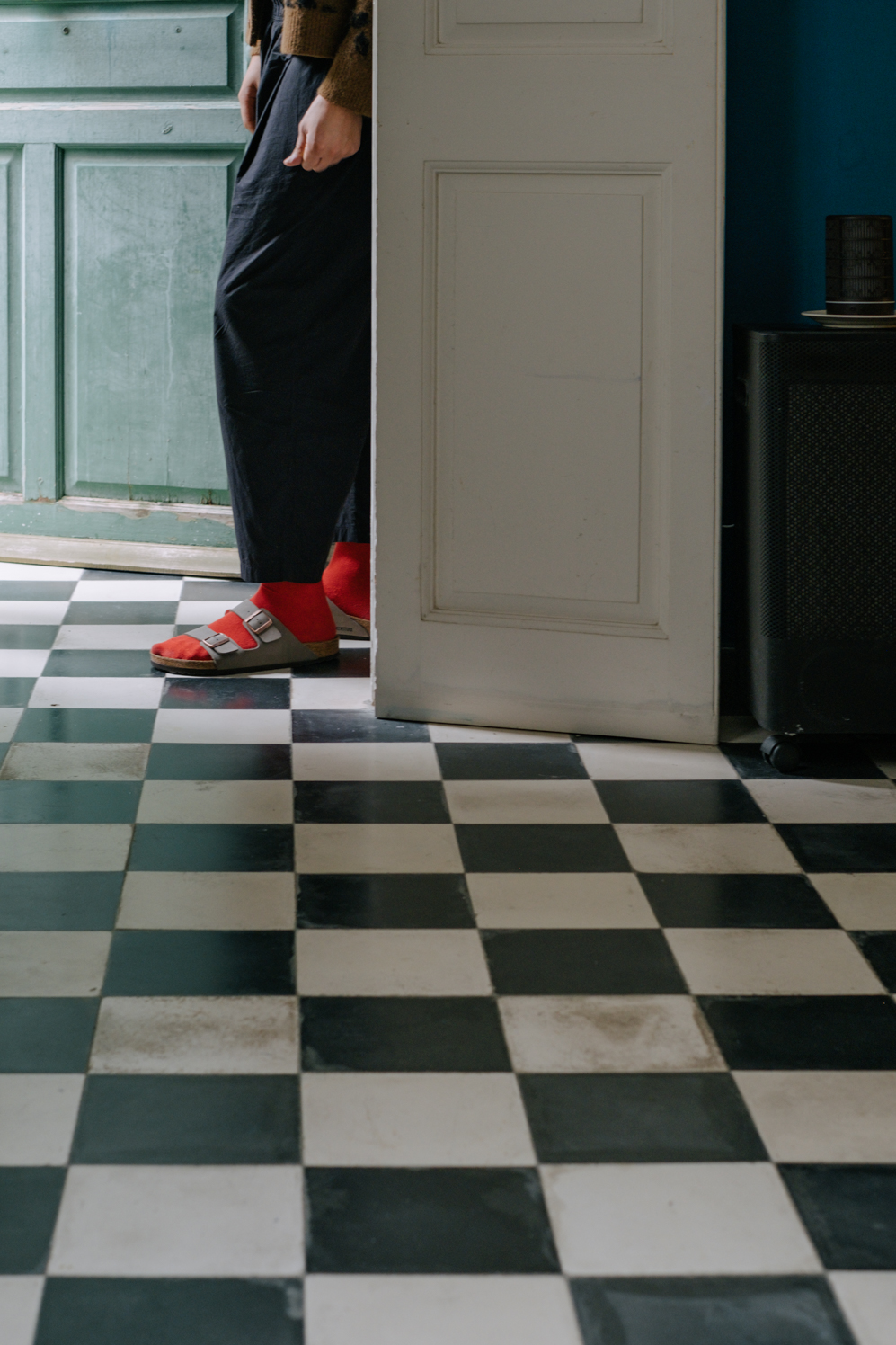
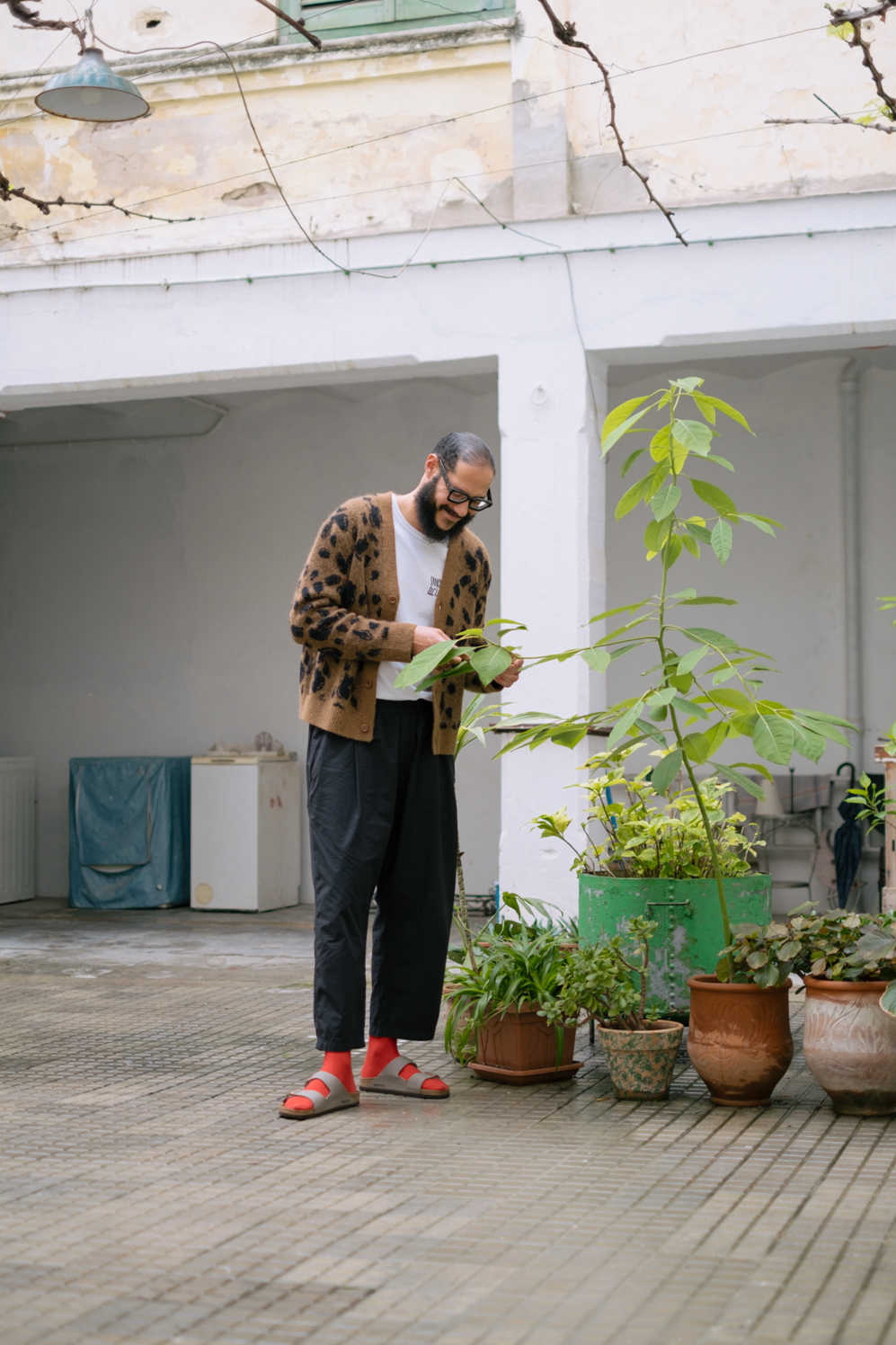
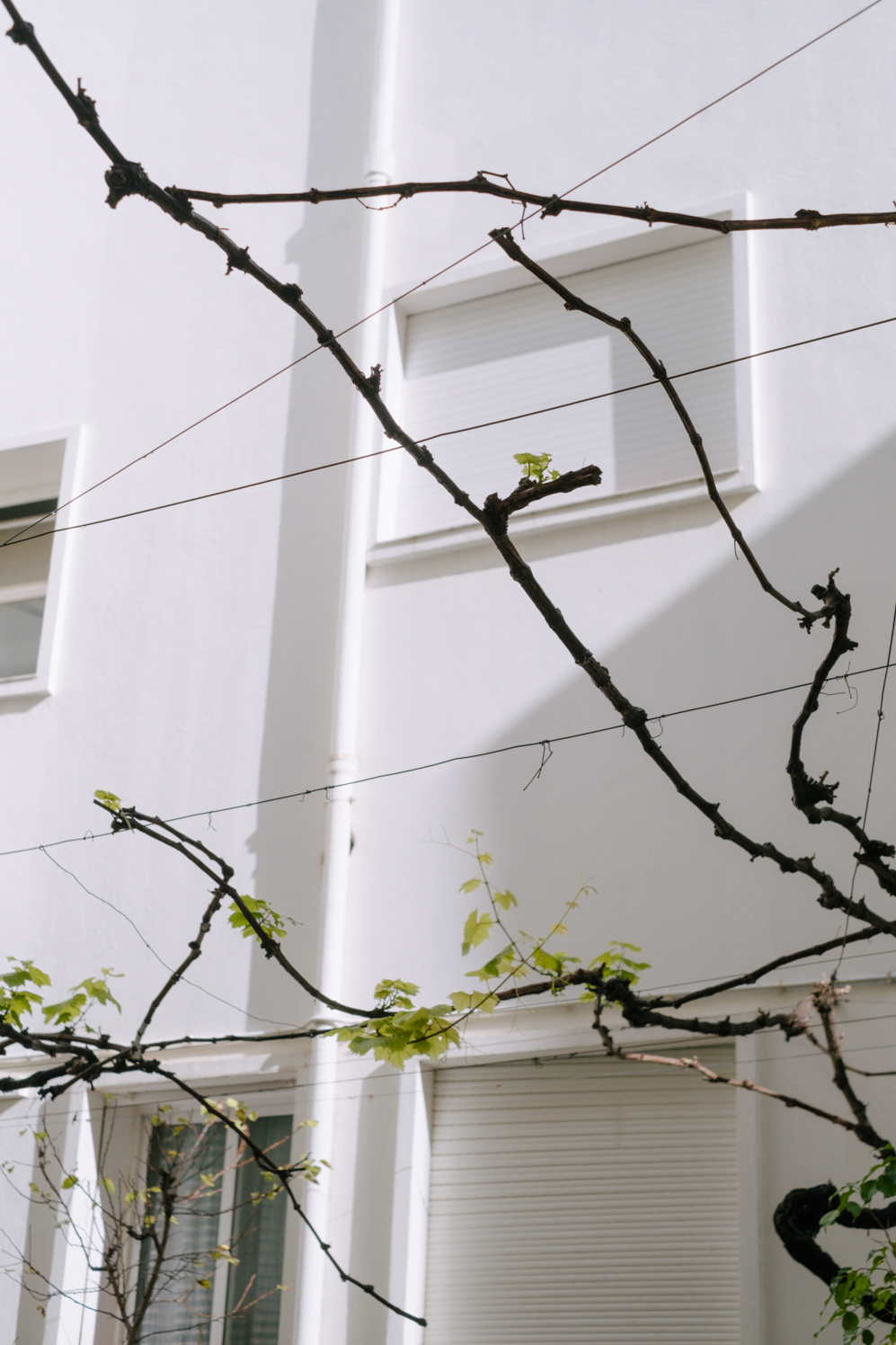
Throughout its history, the city has been an outlier. Tangier is closer to Spain than the Moroccan capital Rabat, and on a clear day, it’s possible to see all the way across the sea to the southern tip of its European neighbor. This geographic positioning means it has sat at the nexus of global trade routes since the Phoenicians first established an outpost here in the 8th century BC. It’s since passed through the hands of the Portuguese, Spanish, and English colonizing powers—all eager to capitalize on its status as Europe’s gateway to Africa. When Morocco became a French protectorate in the early 1900s, the city became an ‘International Zone’ ruled by a loose coalition of foreign governments. It wasn’t until 1956 that it was reintegrated under Moroccan rule, but its long history of occupation bestowed upon it a unique character patched together from a myriad of international influences. It’s this sense of eternal otherness that’s exerted a magnetic pull on the world’s most free-wheeling creatives over the past century. Everyone from beat poet William S. Burroughs to the Rolling Stones has been drawn there in search of excitement and inspiration.
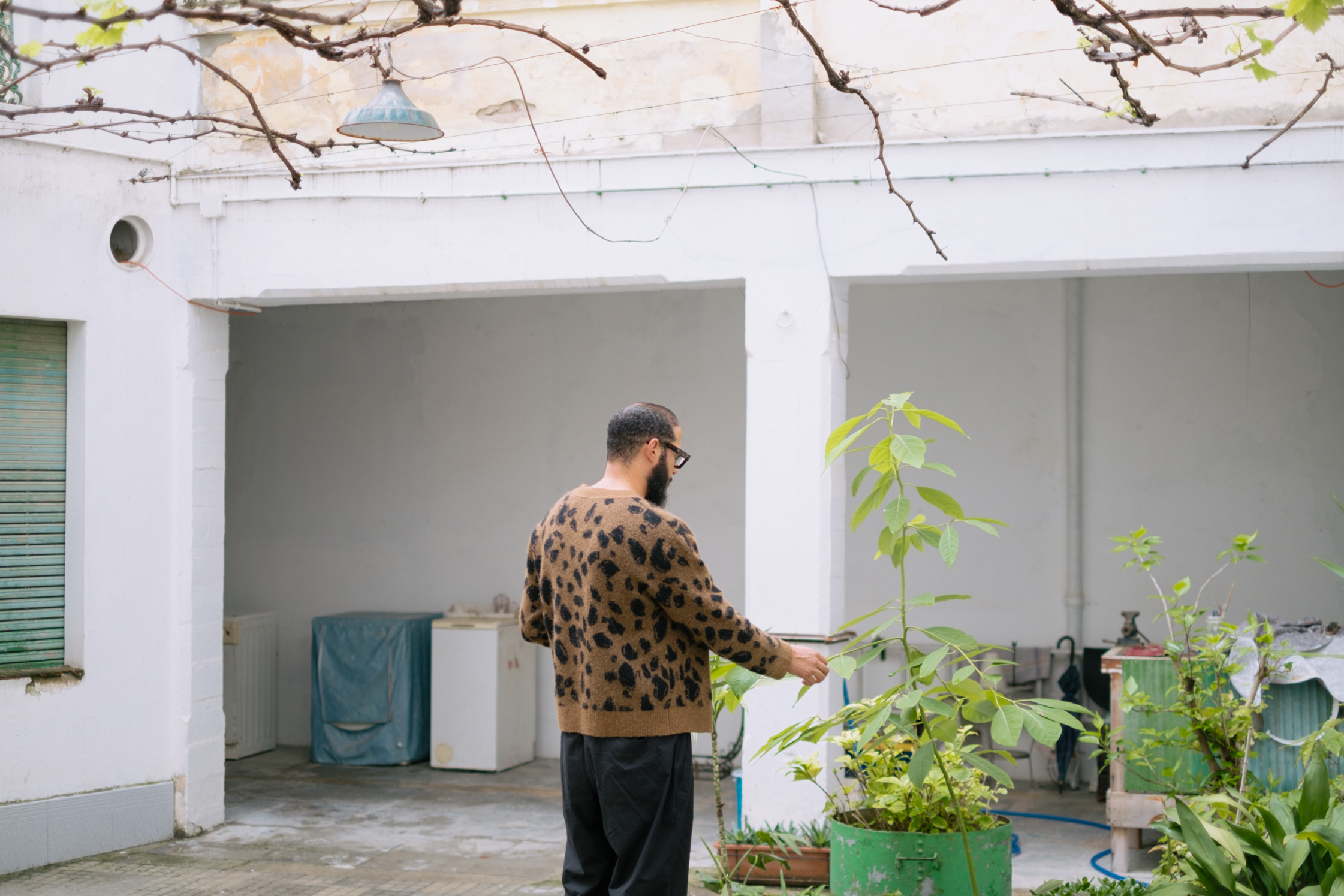
“People in Tangier, they really love our city. People are so attached to it. You wouldn’t find this in all Moroccan cities. It’s something physical. You can see it in the way they treat the streets, the stray cats that live there. It’s all that.”
“Tangier is a city that has hosted so many revolutionaries and people speaking out about their freedoms and rights,” says Hicham. While for many this is considered part of its anarchic charm, Morocco’s previous King, Hassan II, saw it as a threat and refused to support any projects that would help develop the city. “It was almost like a punishment,” says Hicham. “But the new King Mohammed VI has supported its move forward.” Thanks to his investment in large-scale infrastructural projects such as the new port and a high-speed rail link with Casablanca, Tangier is today entering a new phase in its history. “Over the past 20 years, it has grown to become the country’s second economic capital after Casablanca and the population is expanding massively.” With this rapid growth comes a distinct set of challenges, which Hicham aims to unpack through Think Tanger. “All of that has vastly changed the social life of Taniger because people are migrating from different regions. The social, economic, and urban landscape is not anymore like we used to know it.”
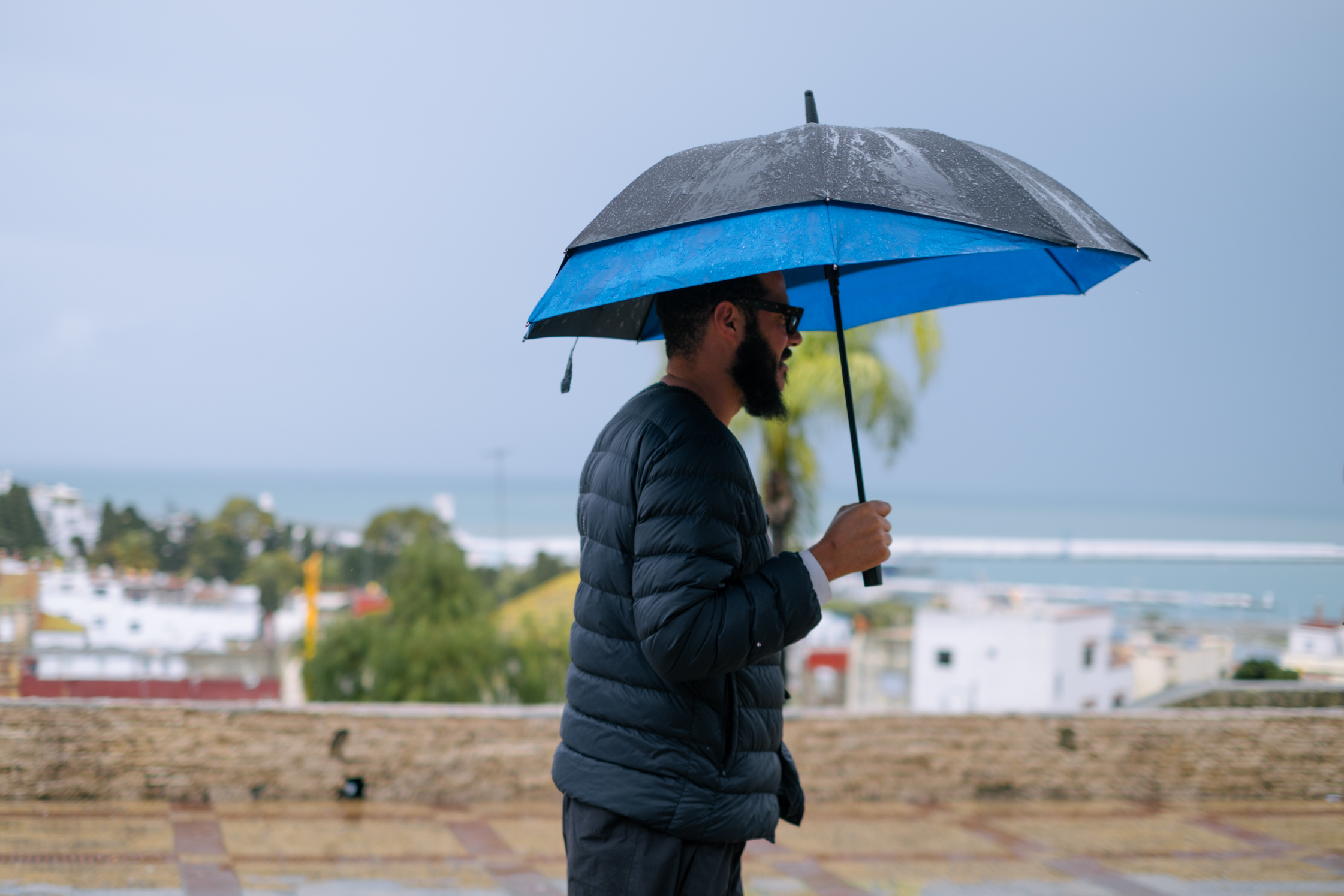
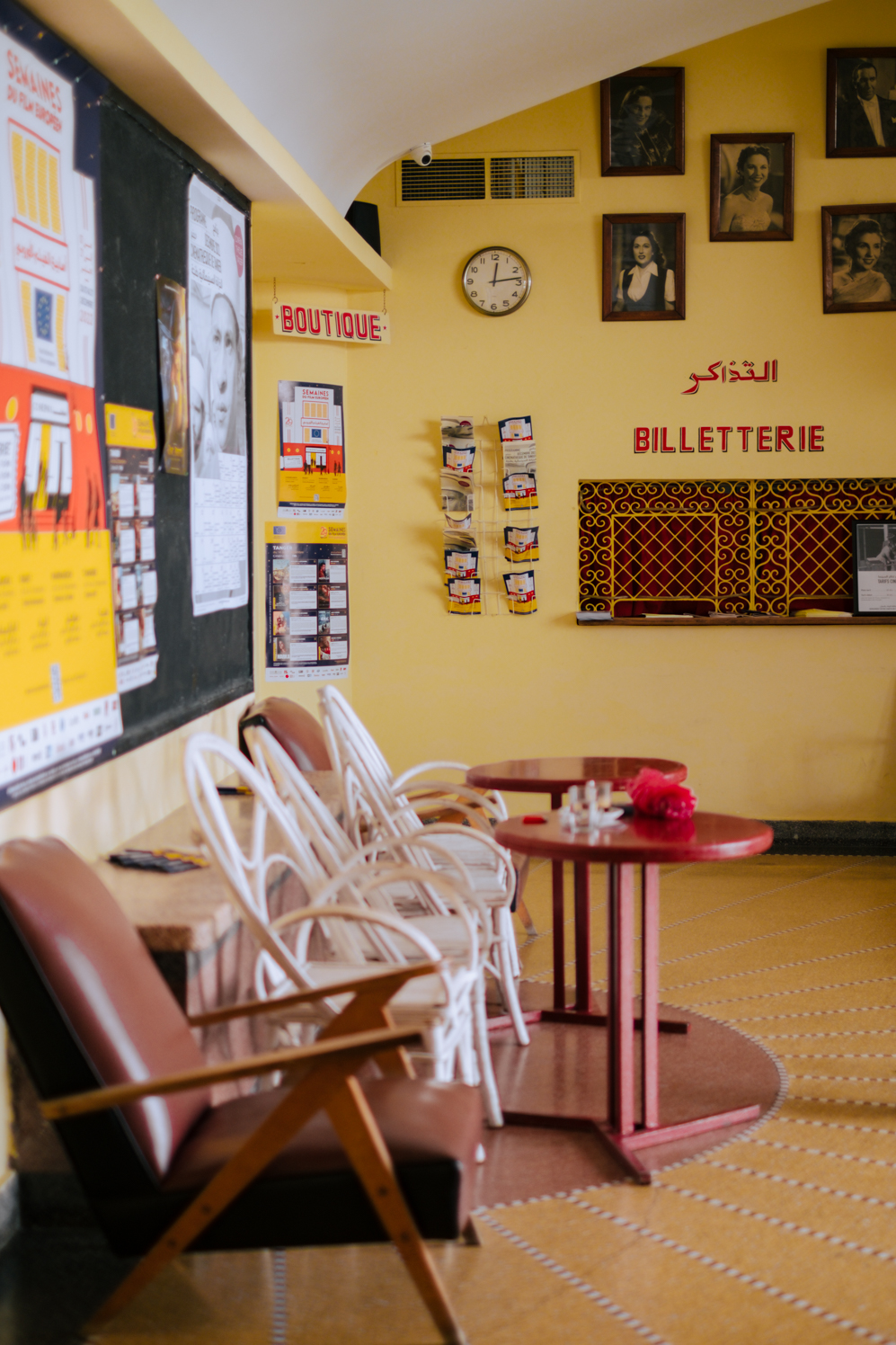
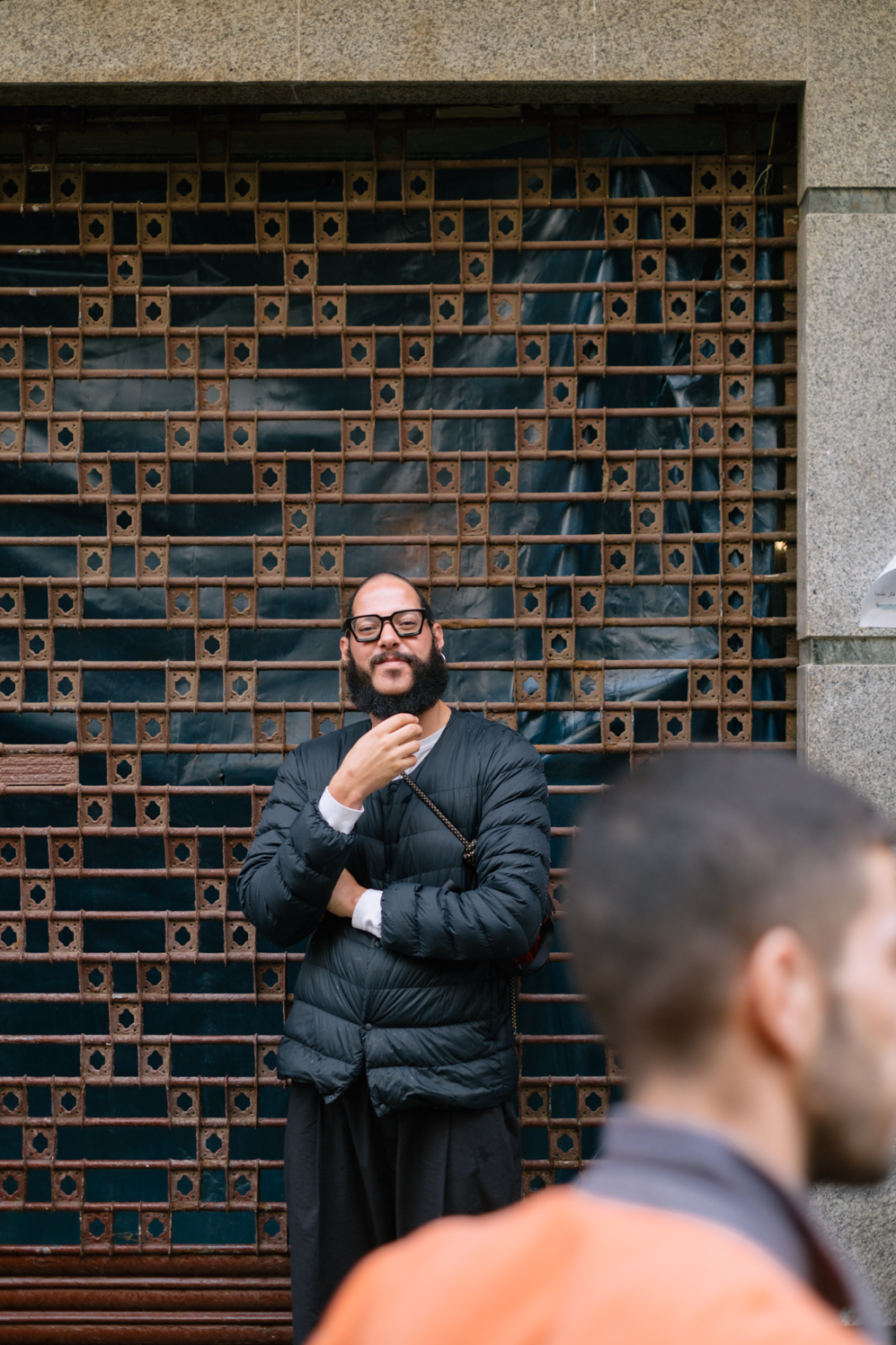
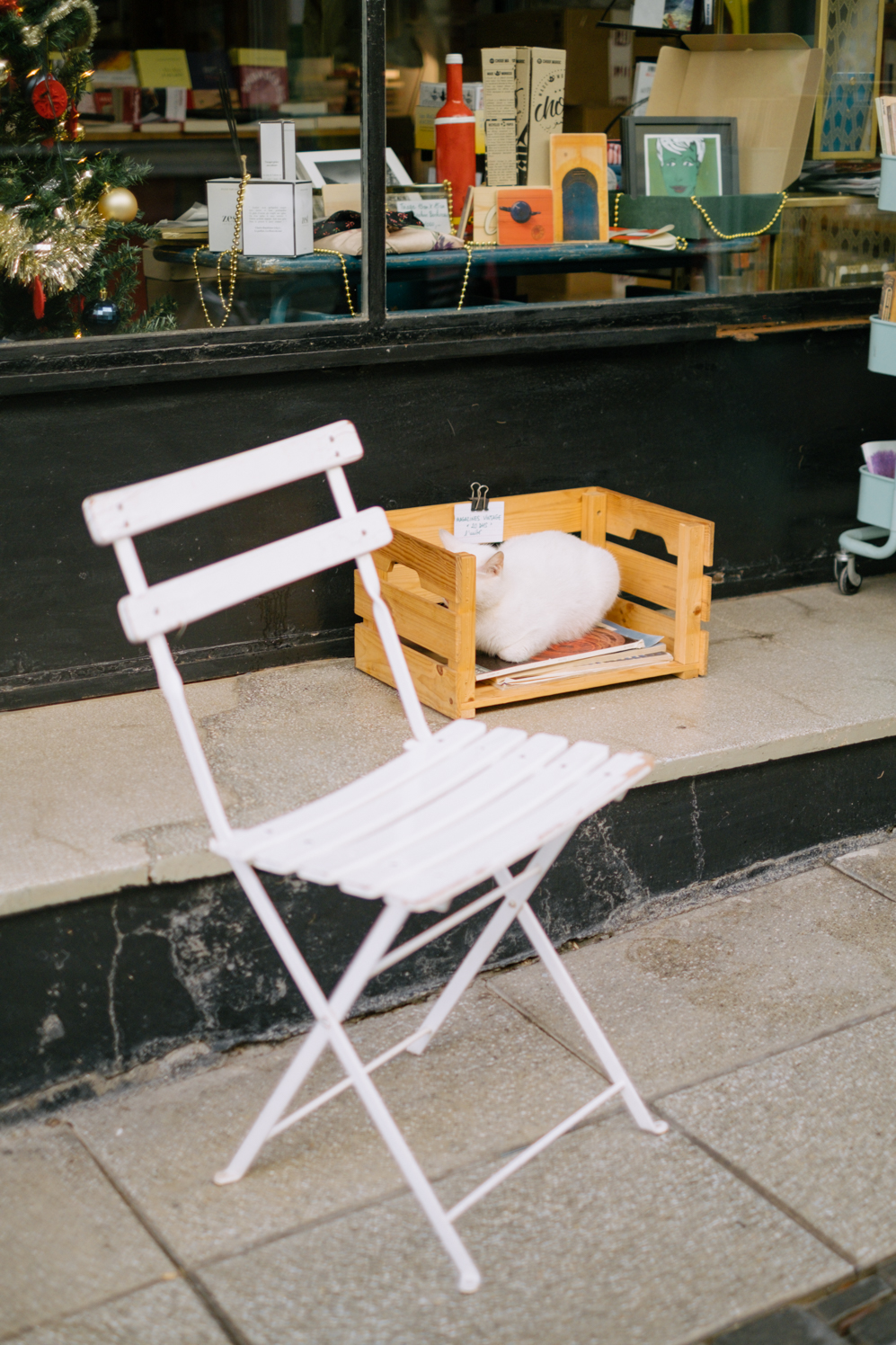
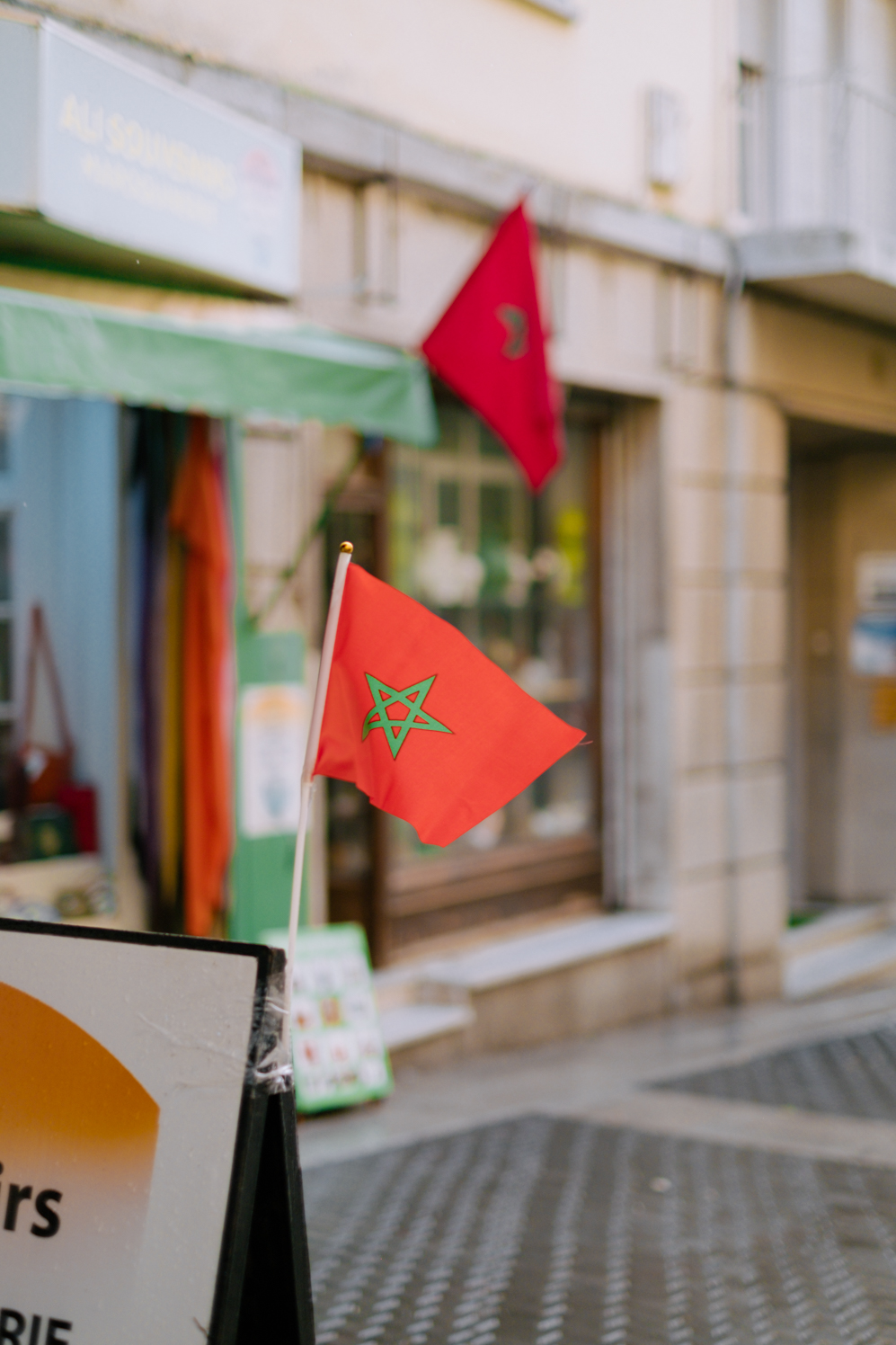
One of the key ways in which Tangier’s newfound prosperity has impacted its urban fabric is the rise in informal housing, constructed outside of government regulation by those coming to the city to benefit from the boom. It’s a theme that current artist-in-residence Nabil Himich has chosen to engage with. “He’s done some wonderful architectural maquettes of informal housing,” says Hicham. “When architects usually make maquettes, they’re very polished. The idea was to create some that really represent the city.”
Rather than tearing down these settlements, Tangier’s government has decided to cooperate with communities. “In Casablanca, they responded by demolishing all the informal housing. But here, they actually kind of upgraded the neighborhoods,” says Hicham. “They chose to invest in them because if you tear them down, you’re tearing down half the city.” The extent of these informal neighborhoods, Hicham explains, is vast. “You don’t realize when you’re here downtown what most of Tangier really looks like. That’s why we organize this three-hour-long tour, to give people a clearer image of the city. The tour is called Turn Your Back to the Sea and the idea is to explore the urban landscape of Tangier without looking at the tourist sites downtown.”
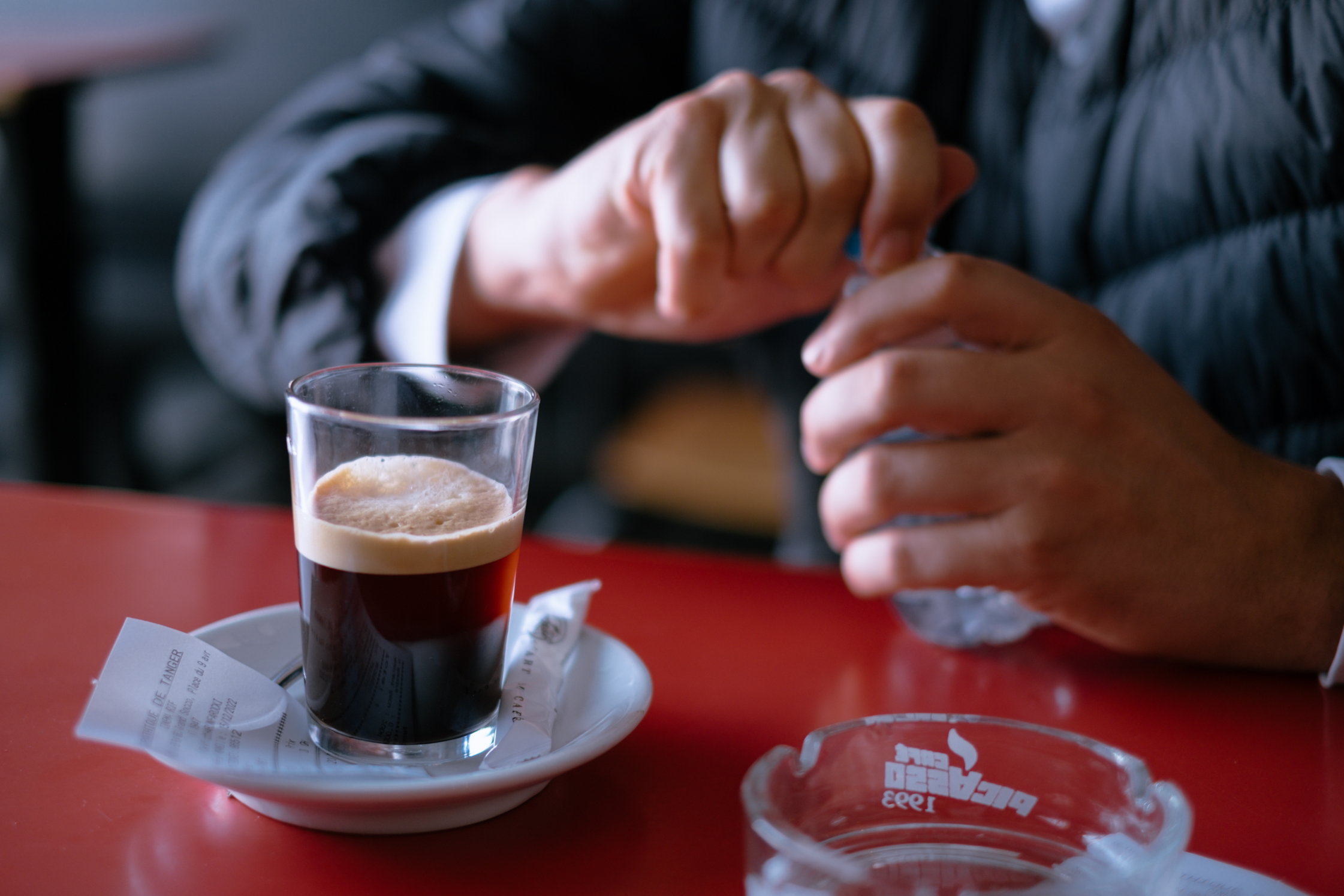
When it comes to the future of Think Tanger, Hicham has grand plans. Last spring, he took over a former cafe next to Les Insolites bookshop and has set about transforming it into a new HQ for the organization. It’s set to open next year under the name The Kiosk and will house a cafe as well as space from which to run all its events and workshops. “We’ve done a lot of experimental things over the past few years that will be run on a monthly basis from the new space.”
One thing Hicham is particularly proud of is how Think Tanger’s program reaches such a wide range of people. “Today we have a big audience and it’s so heterogenous,” he says. “Our community is from very different social and economic backgrounds. People who went to school, people who didn’t. Men and women of different ages and backgrounds.” What unites them, according to Hicham, is a deep-seated sense of hometown pride. “People in Tangier, they really love our city. People are so attached to it. You wouldn’t find this in all Moroccan cities. It’s something physical. You can see it in the way they treat the streets, the stray cats that live there. It’s all that.”
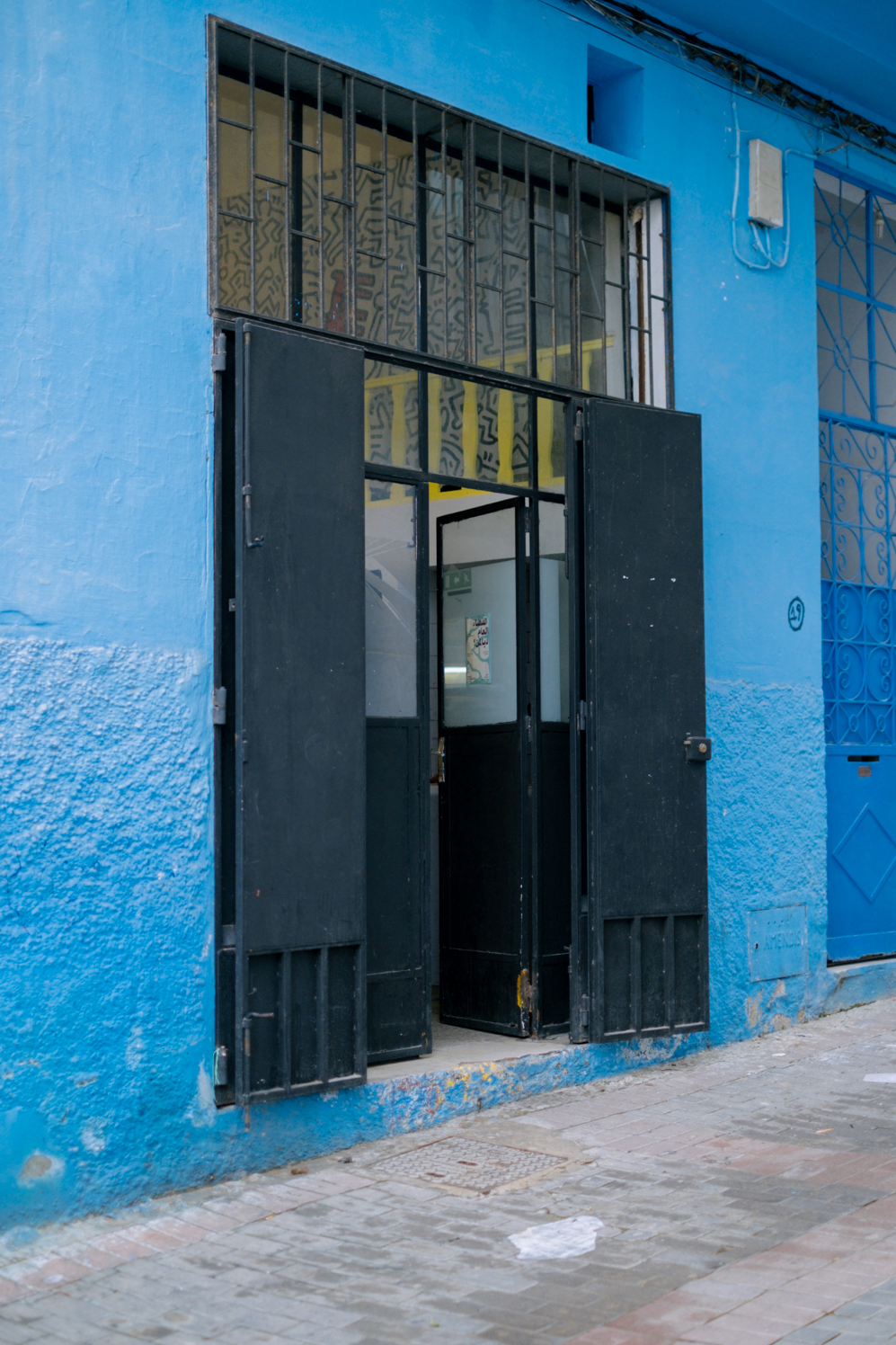
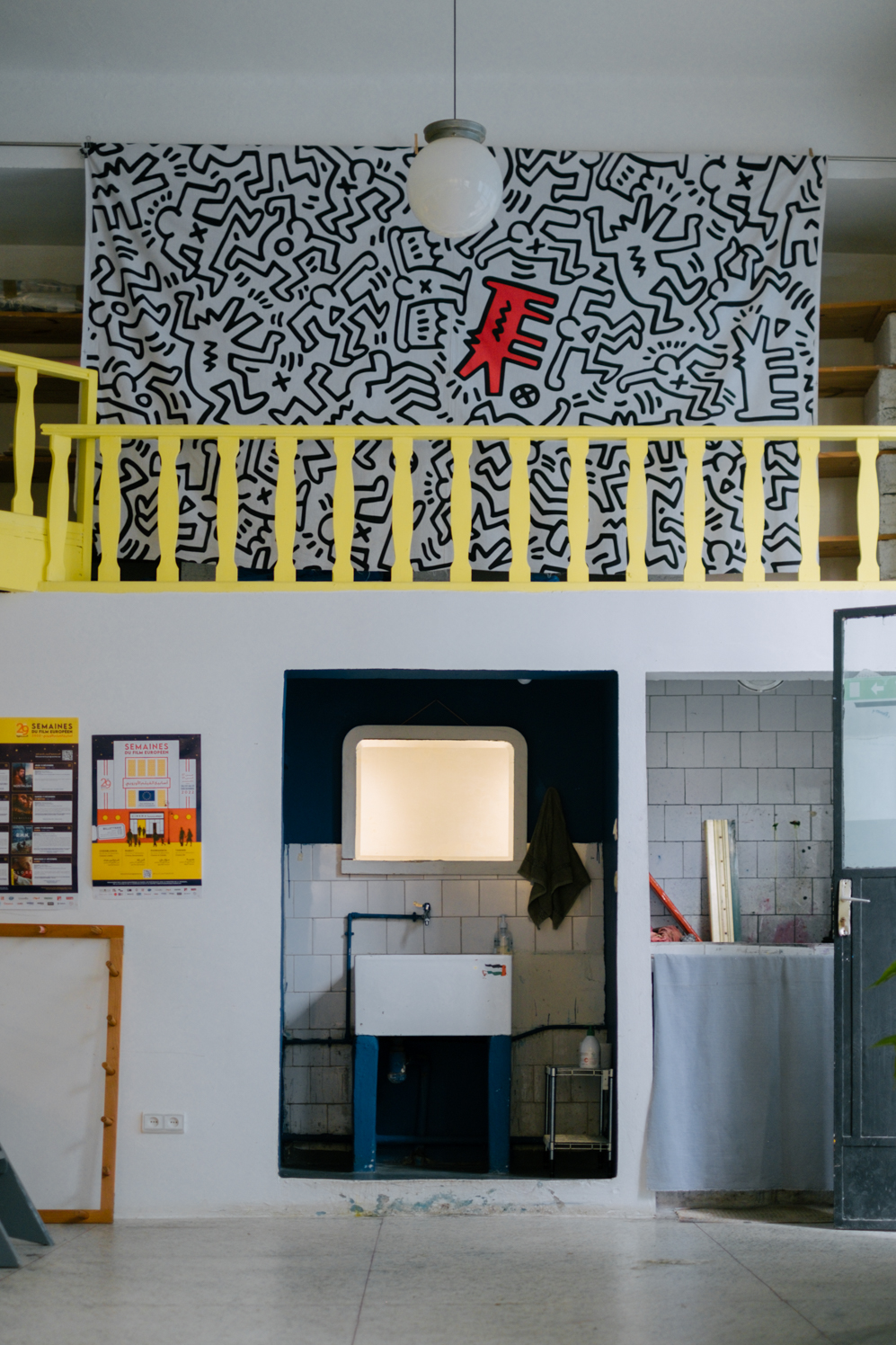
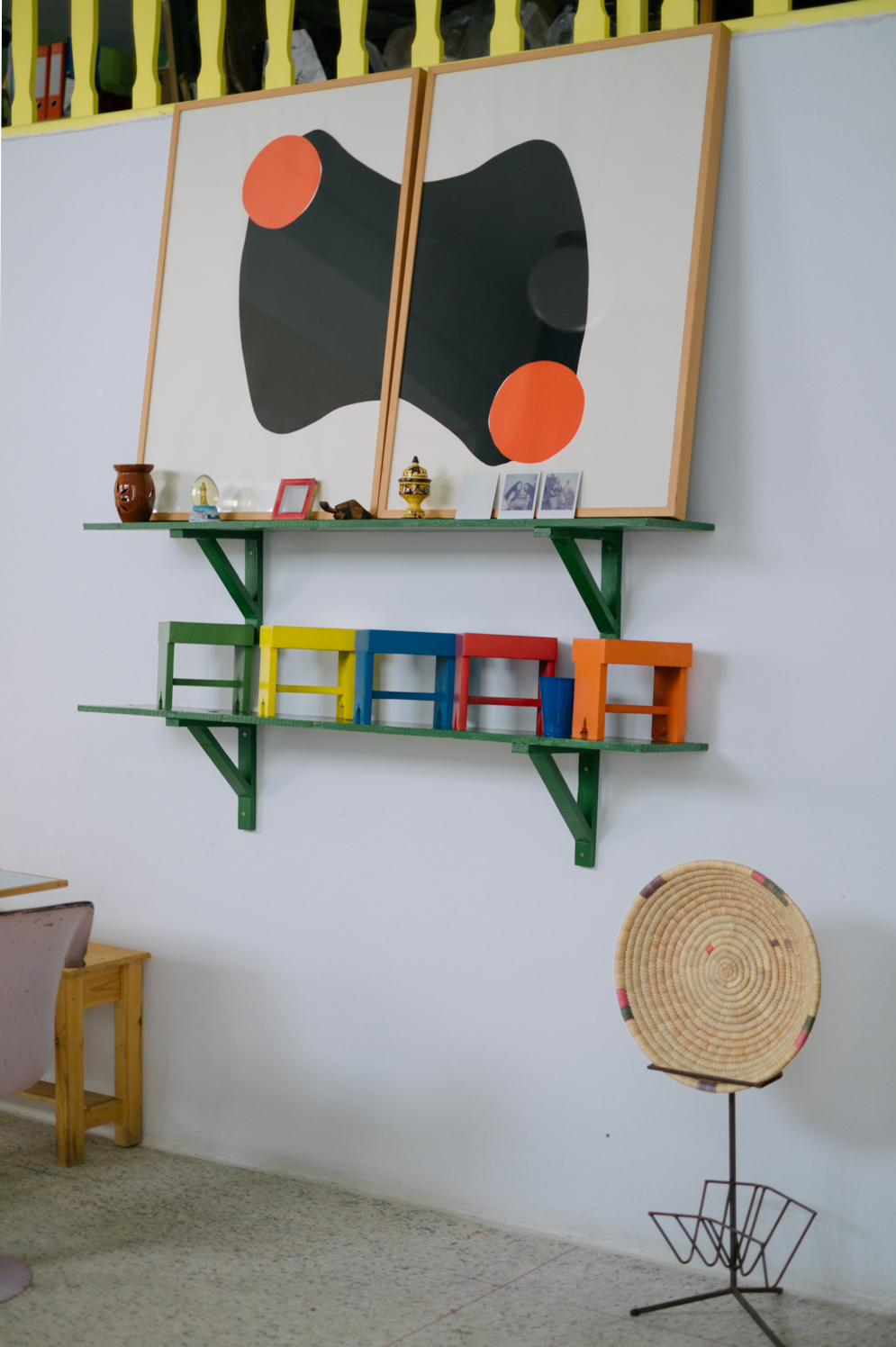
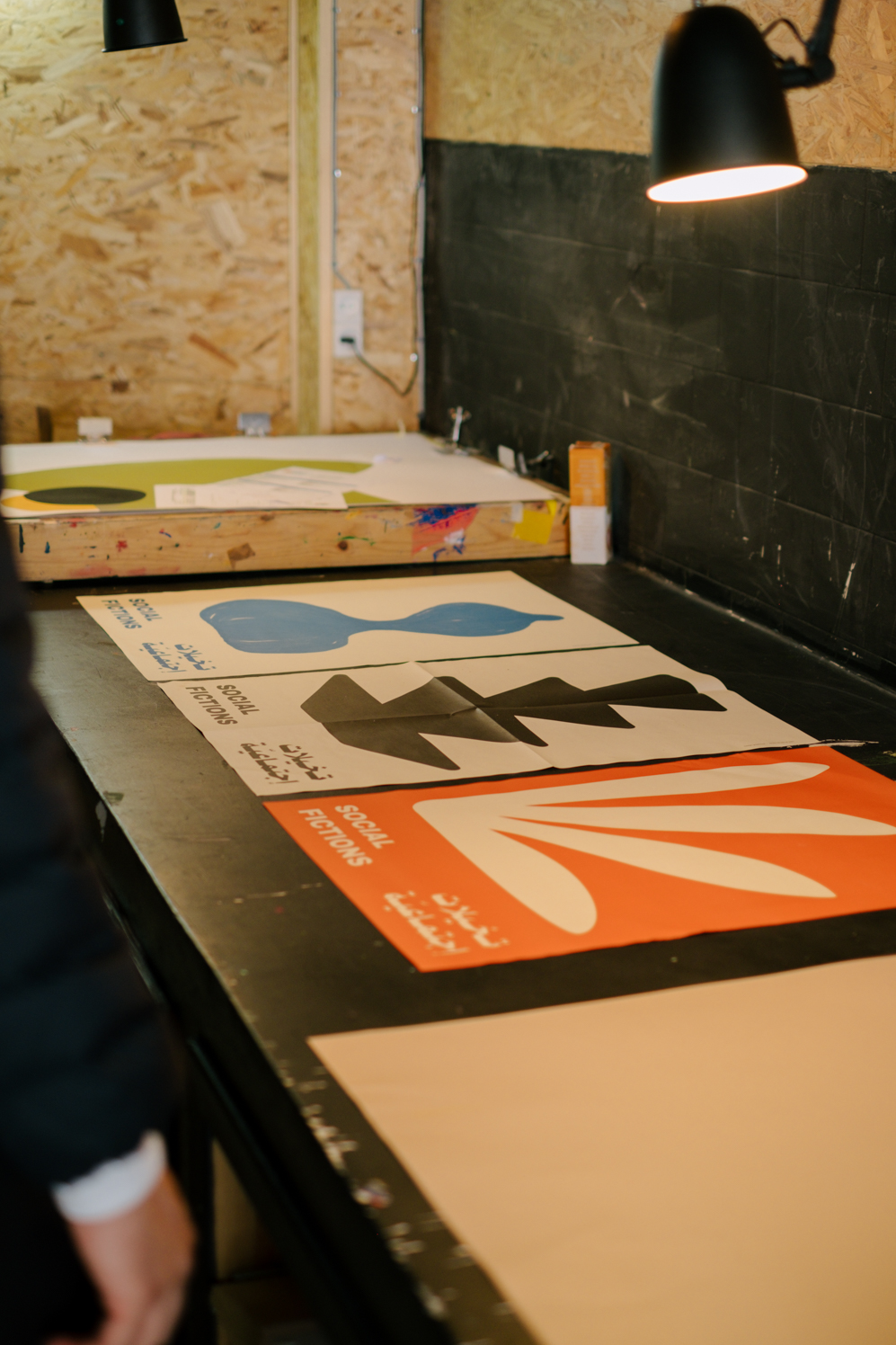
While Tangier deals with a distinct set of challenges, cities around the world are facing their own social, environmental, and economic issues. From homelessness to pollution, urban populations are continually forced to find new ways to adapt in a changing world. Think Tanger shows the importance of finding creative ways to inspire collective movement among city-dwellers and not isolating the shifting tides of urban development as the domain of town planners and the powers-that-be. “Think Tanger’s aim is to be critical about the urban space we’re evolving in,” says Hicham. “From this perspective, every city could benefit from this kind critical gaze. It helps us understand our cities better and, hopefully, helps us inhabit them better too.”
Local recommendations from Hicham
Hicham Bouzid is co-founder of Think Tanger, a cultural organization known for its public events and art residences centered around the city and how its urban spaces can be differently explored and understood.
Text: Hester Underhill
Photography: Quaziz Anass

